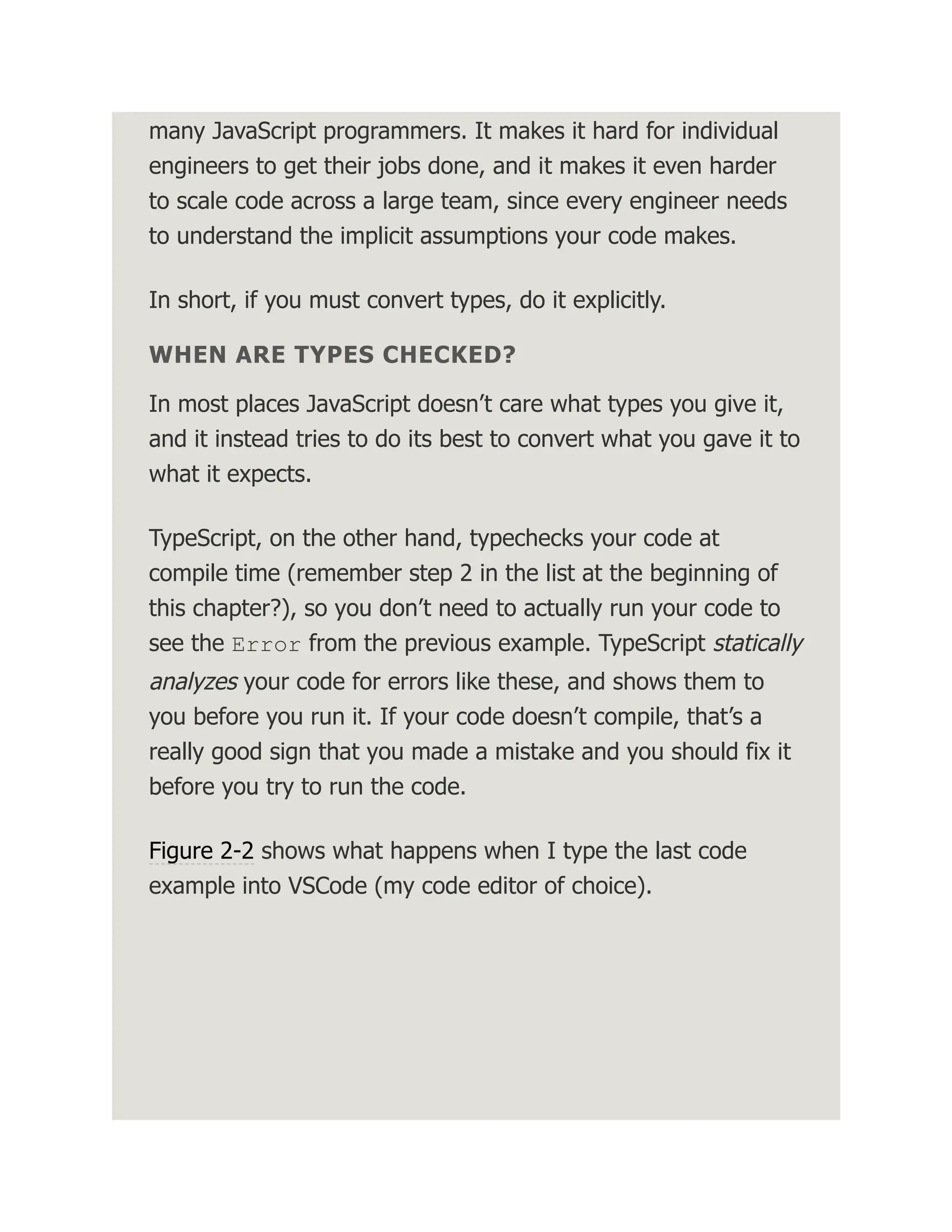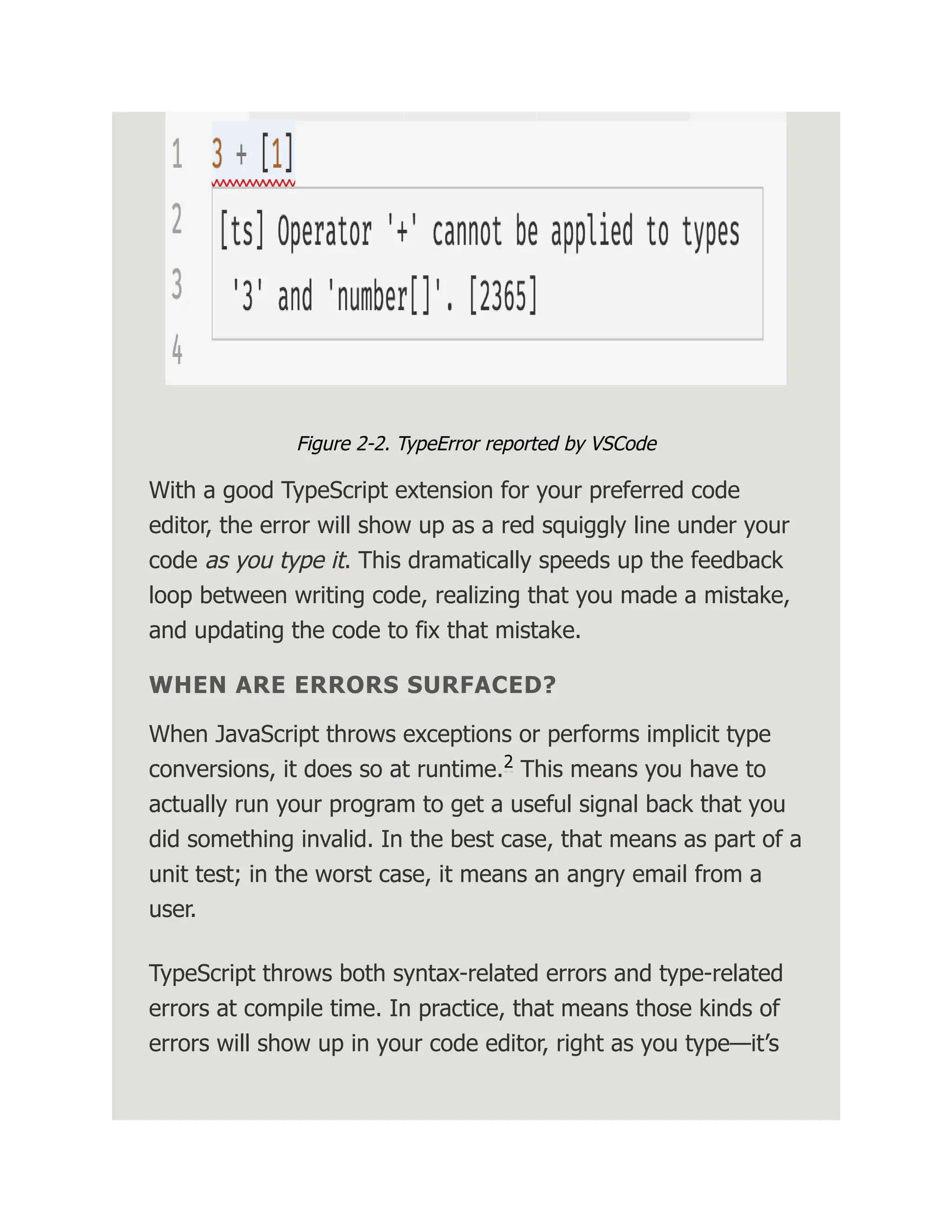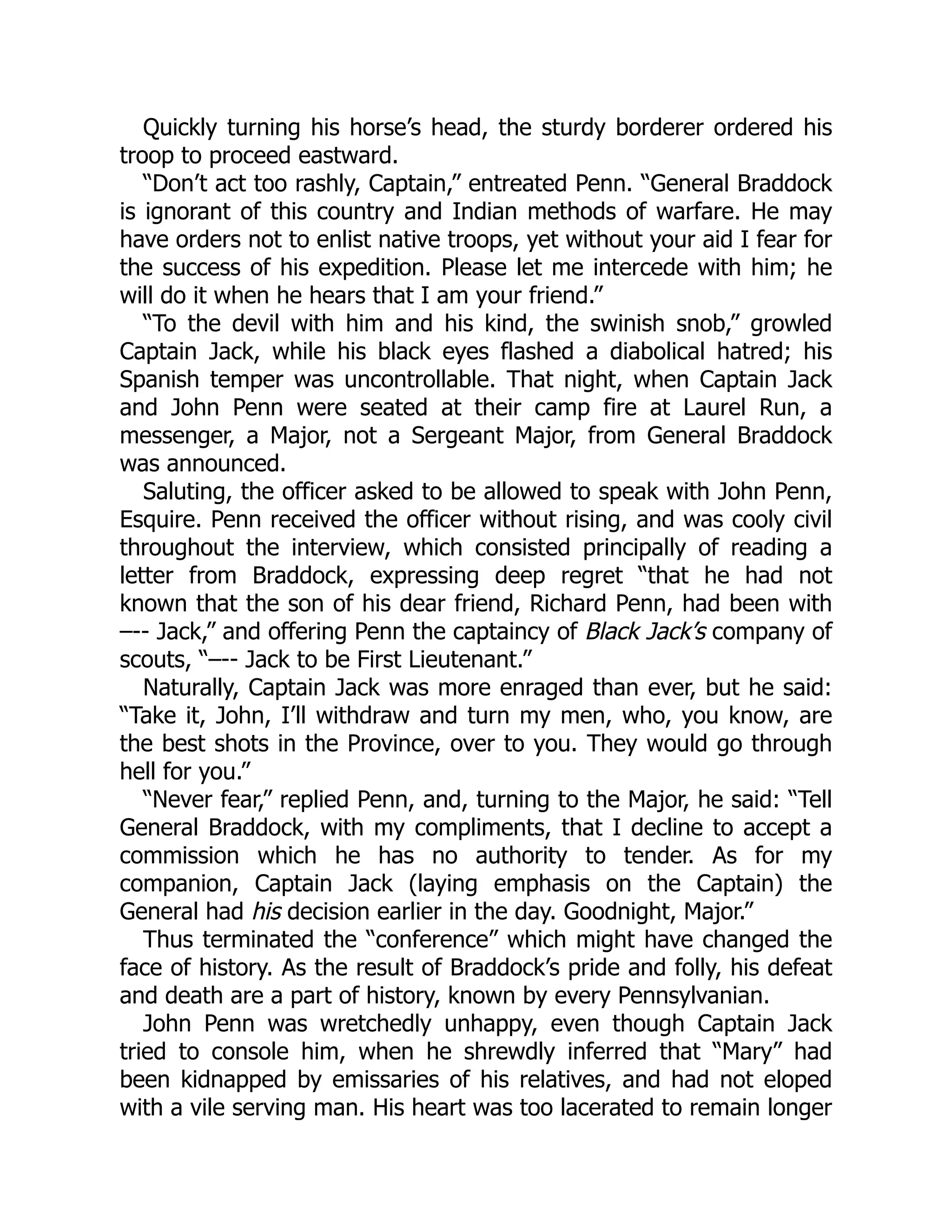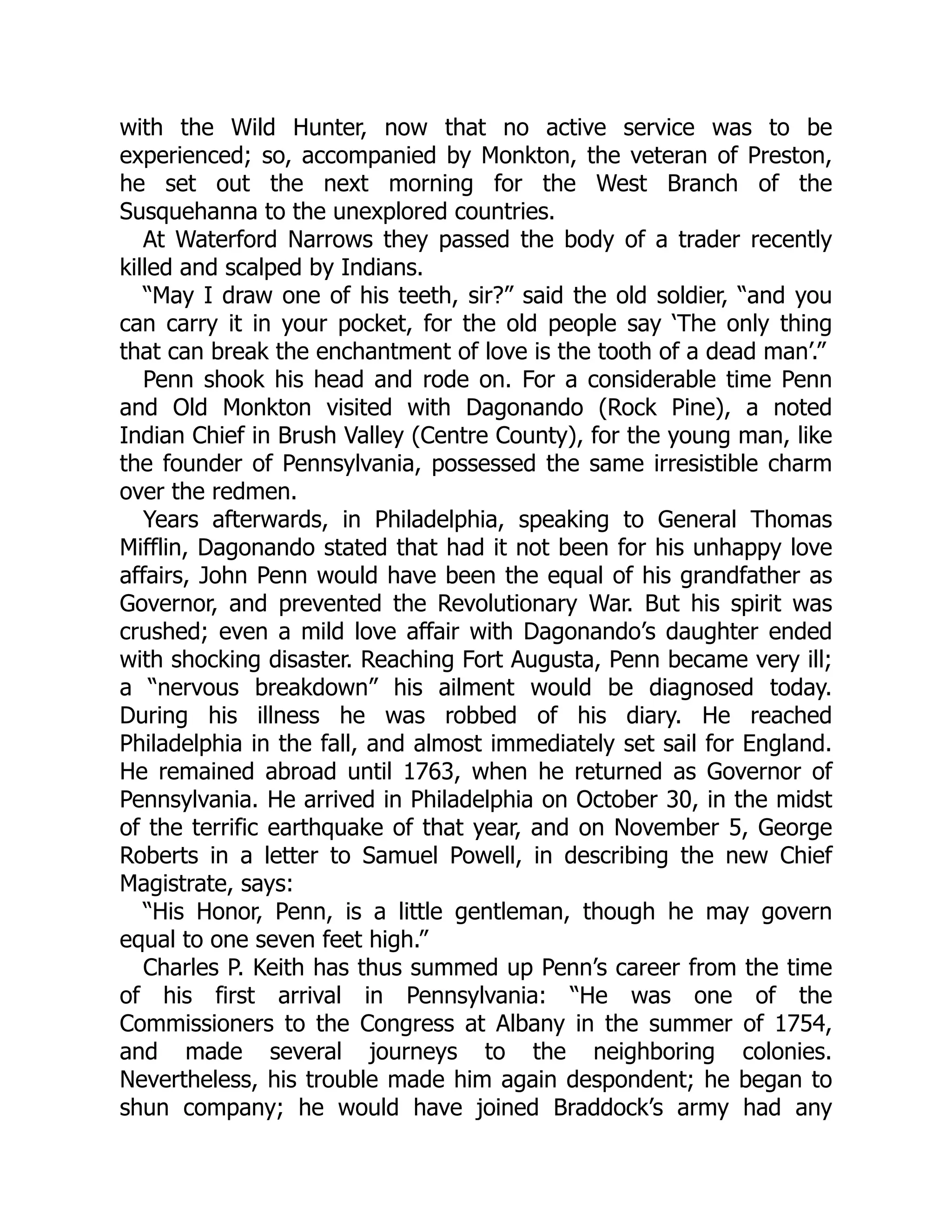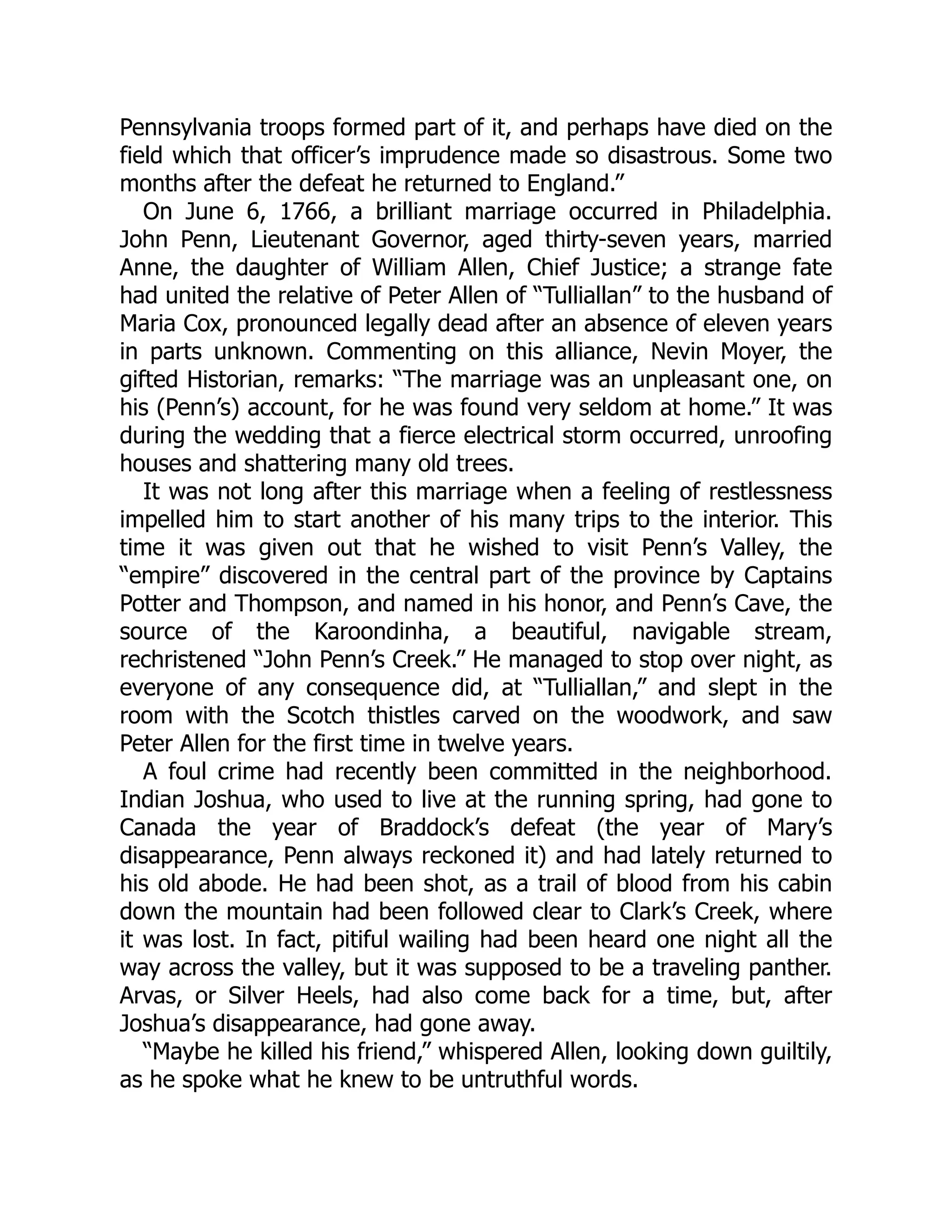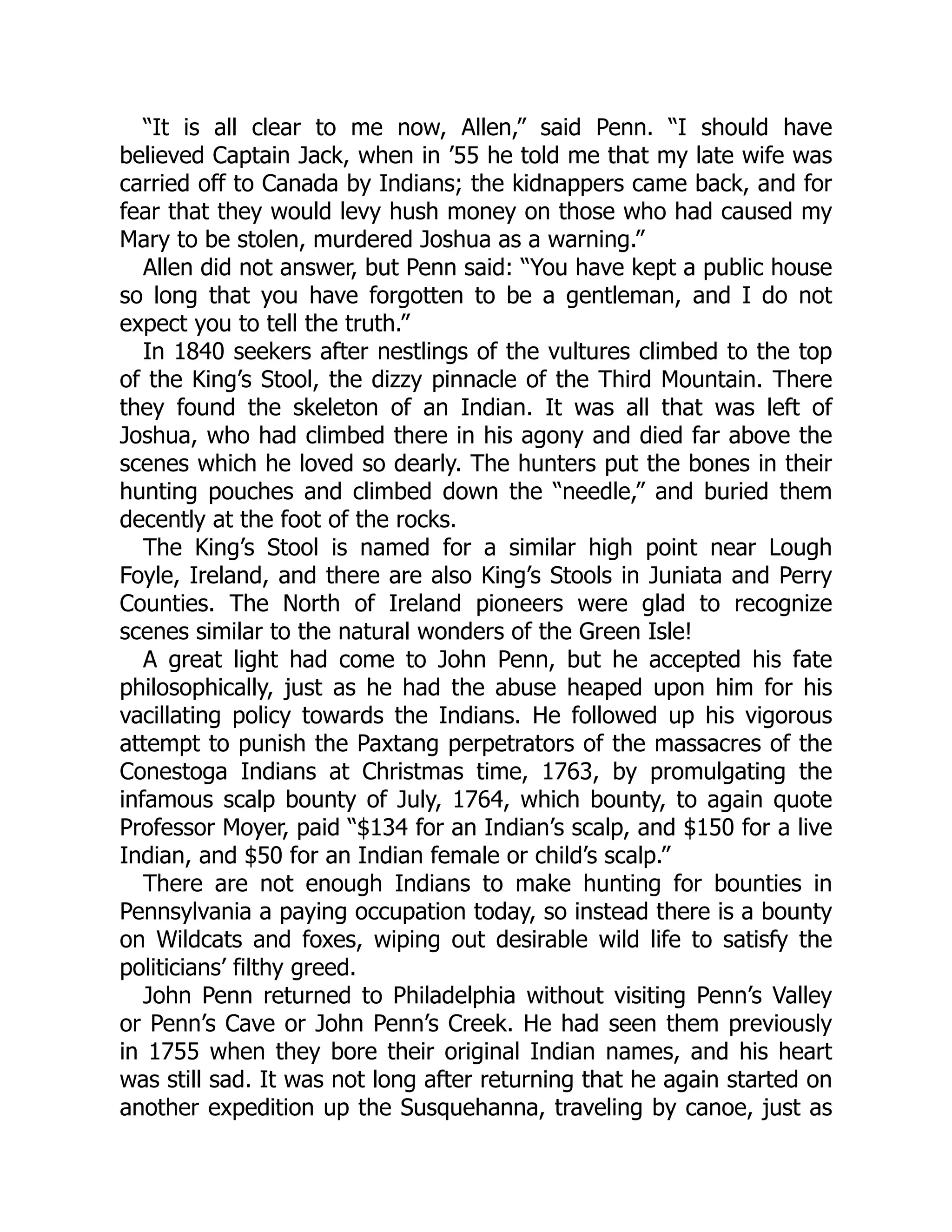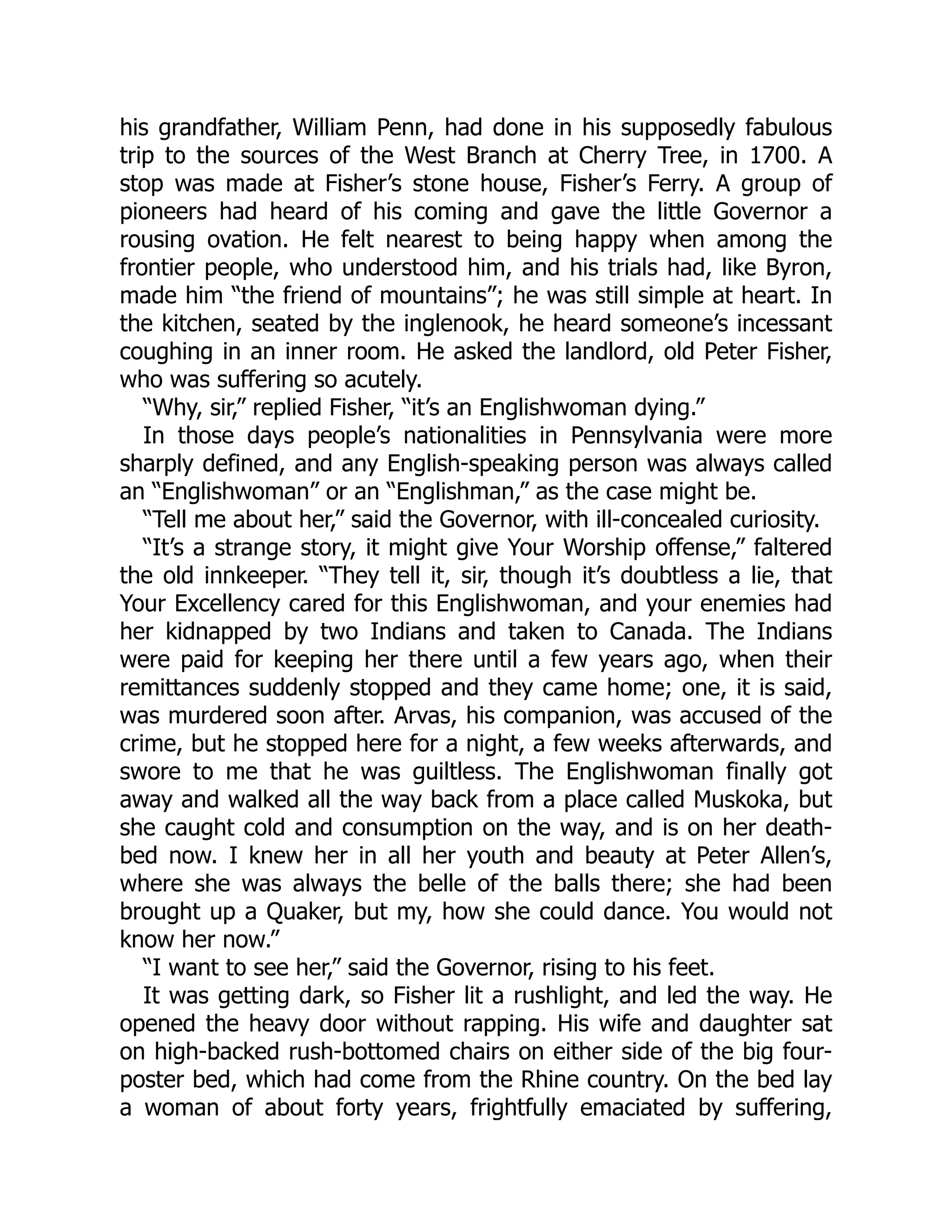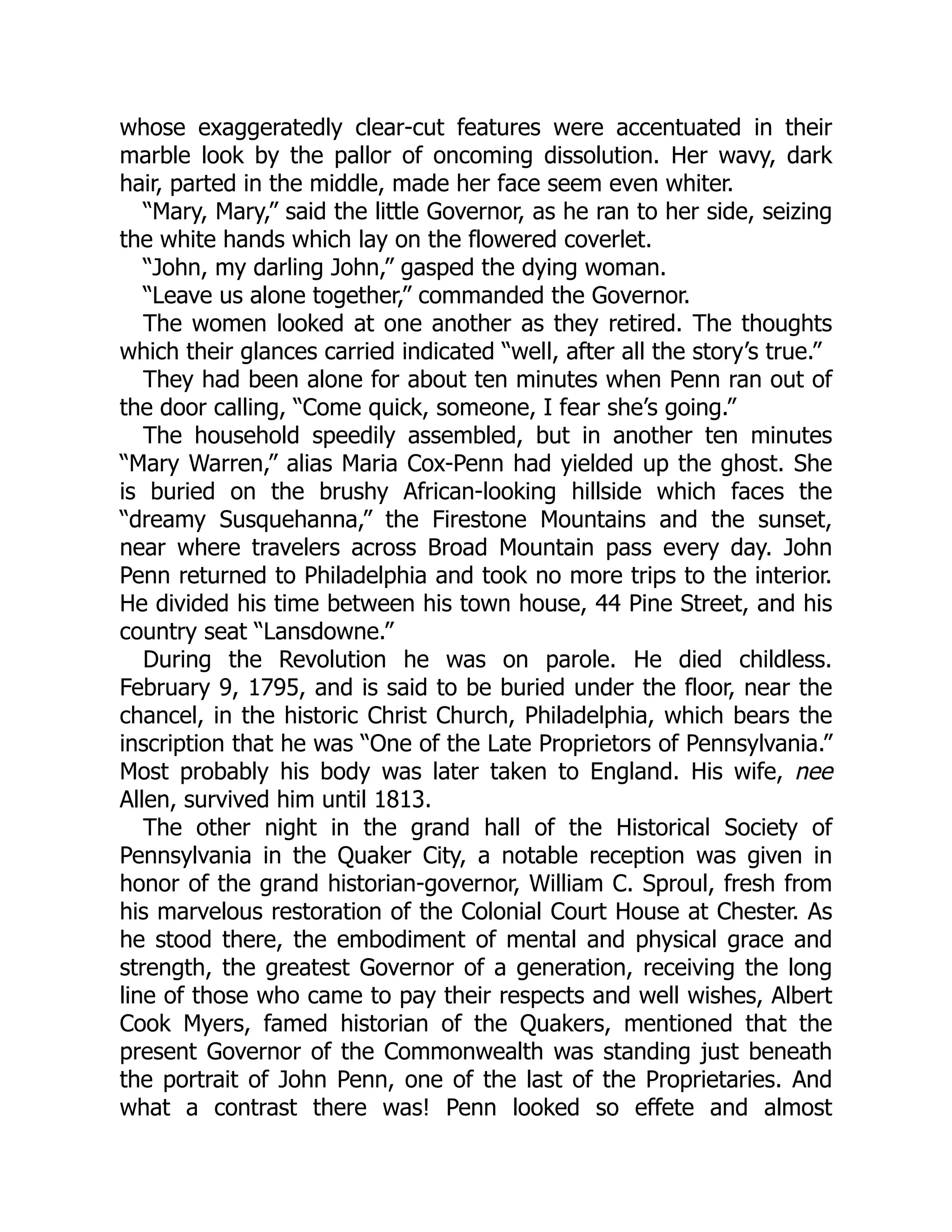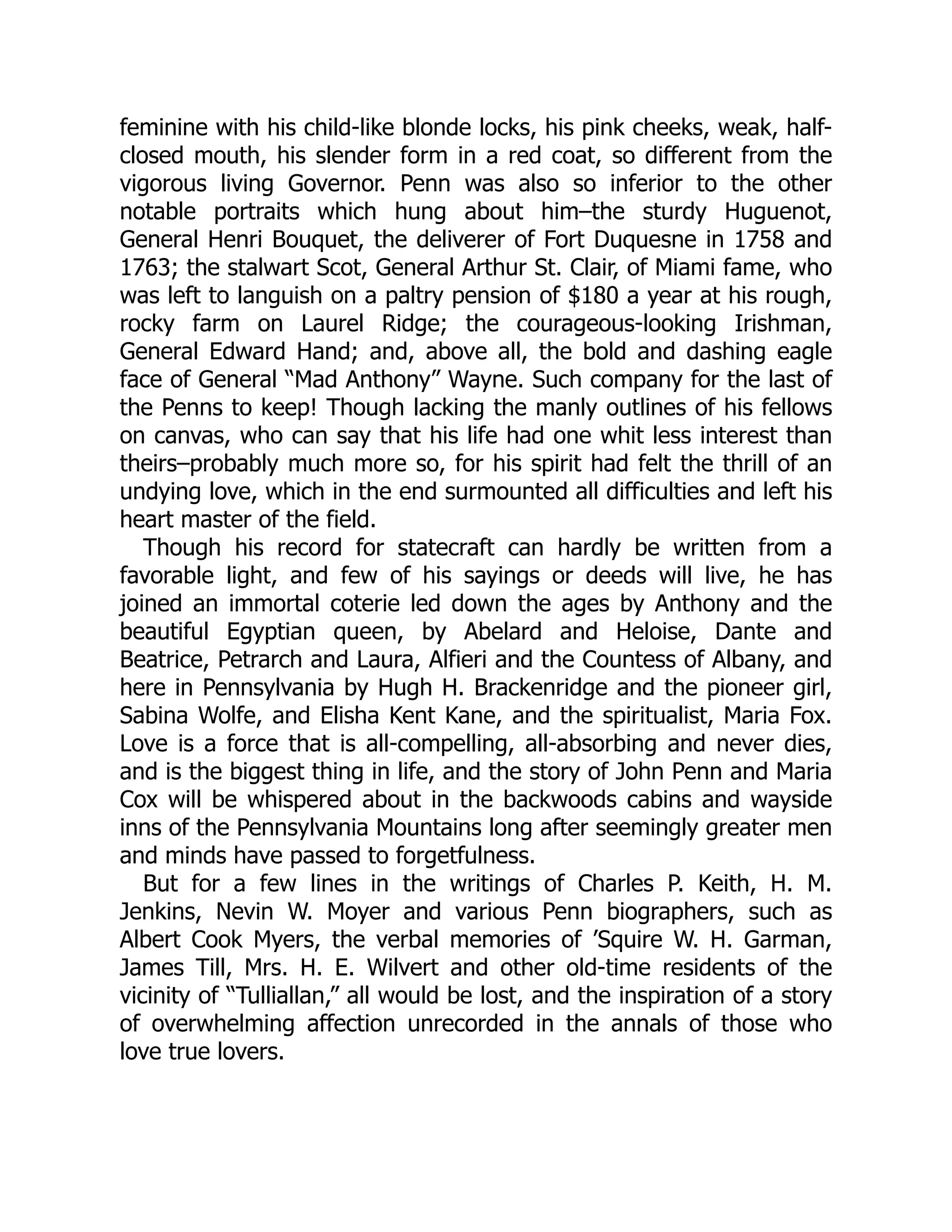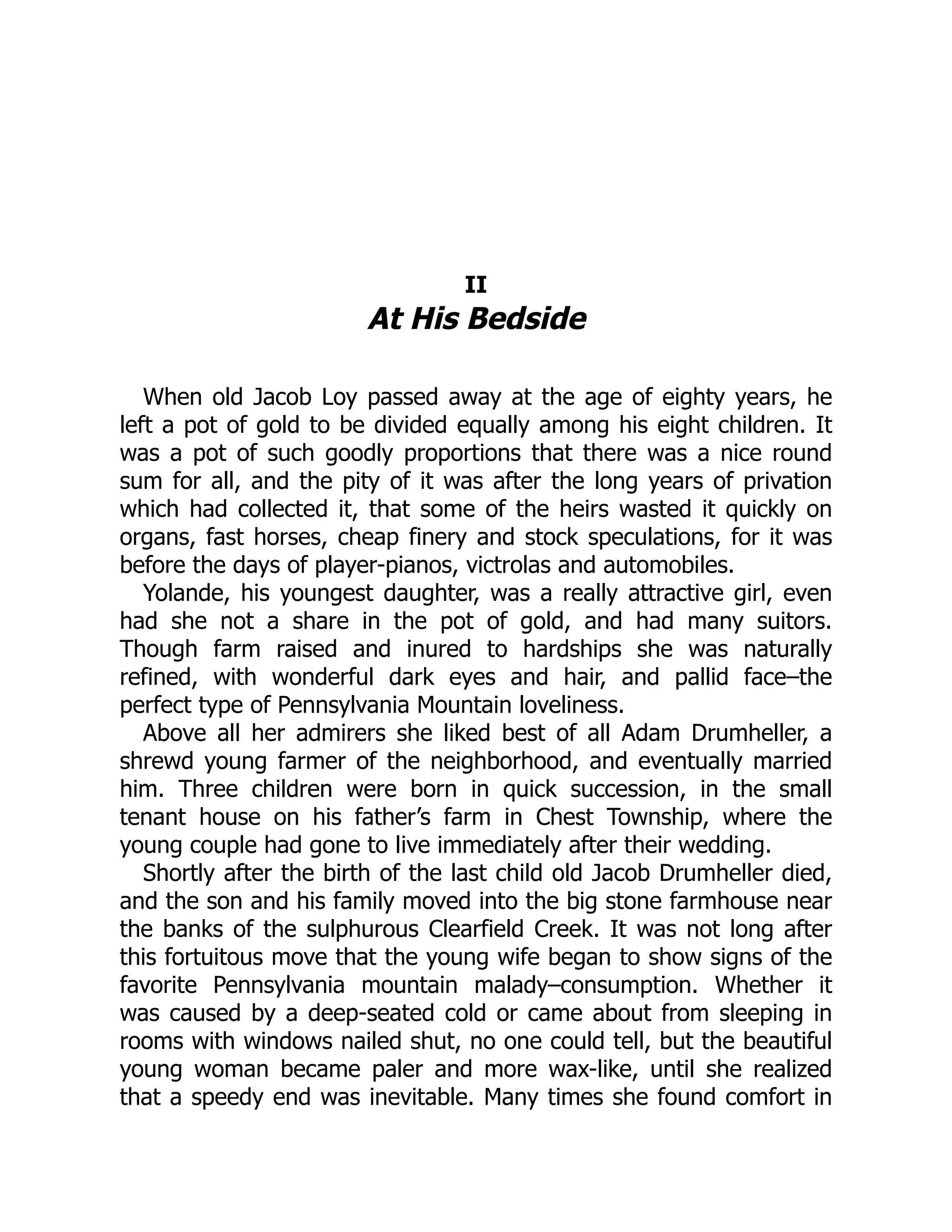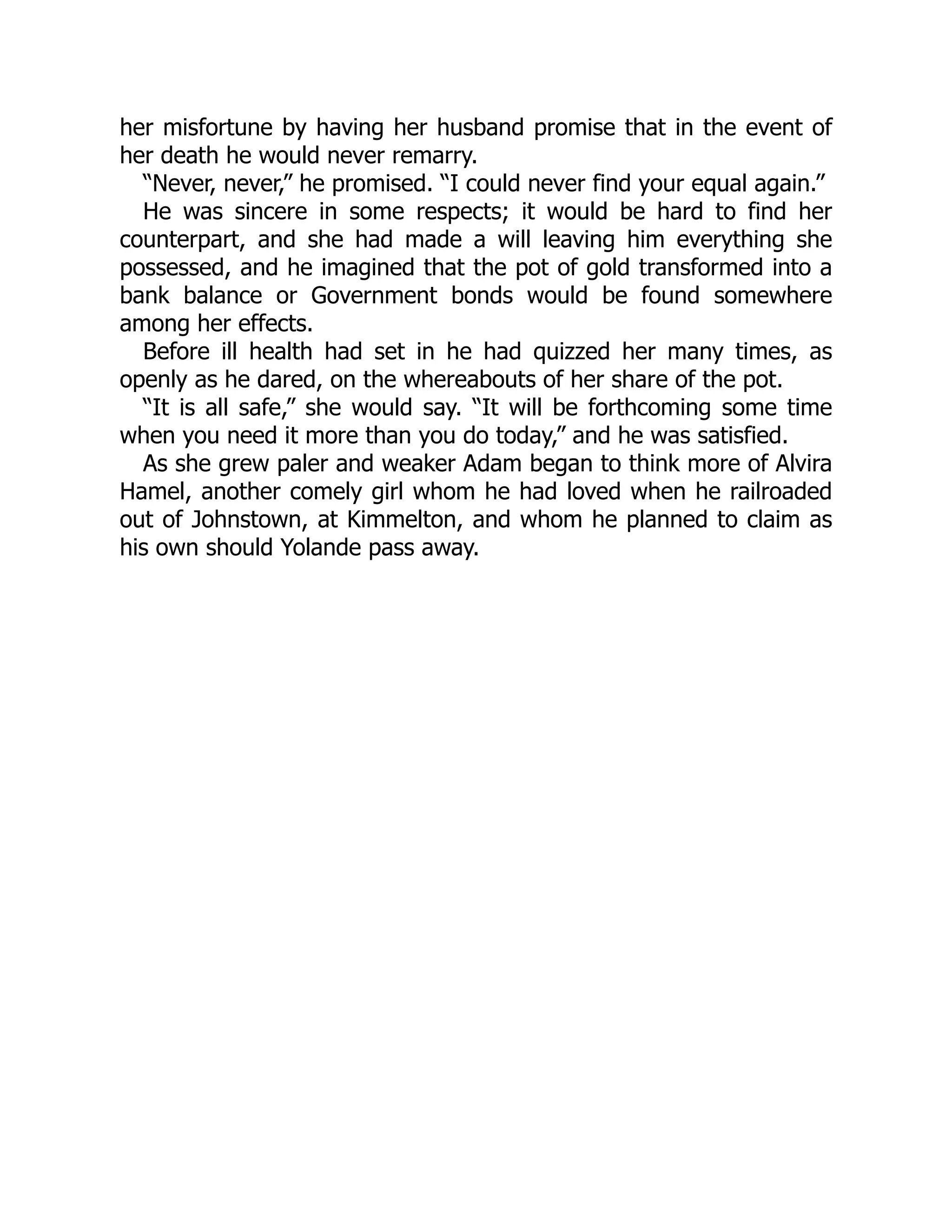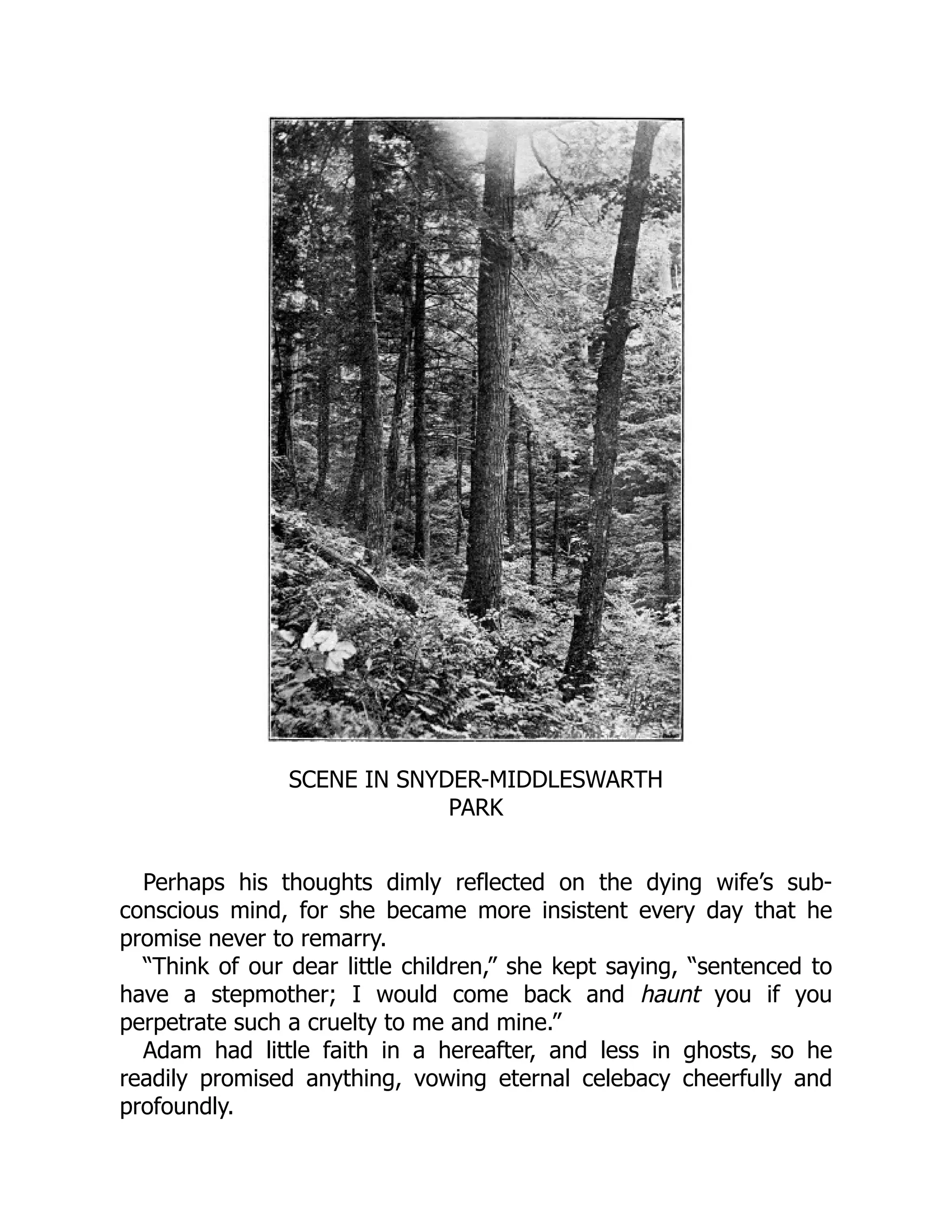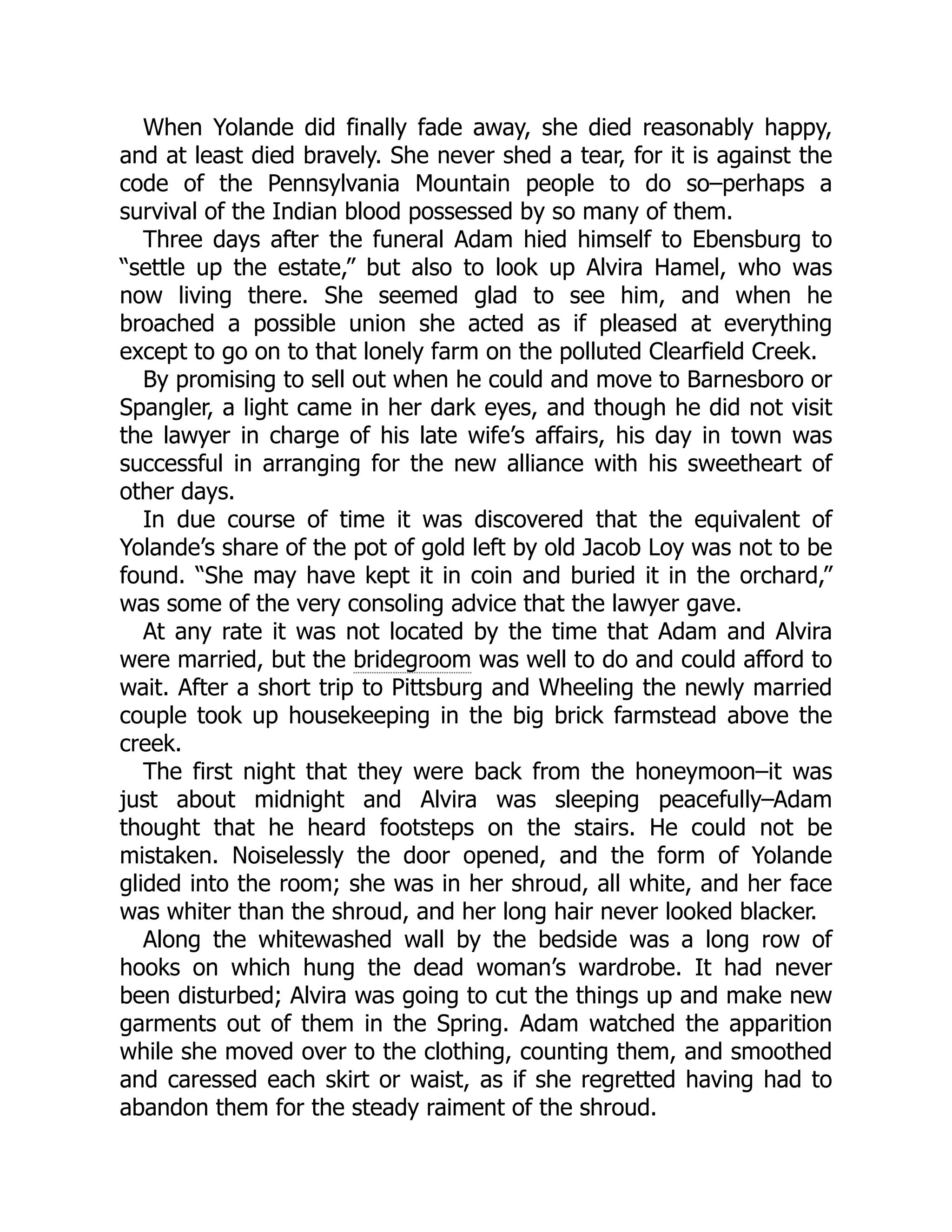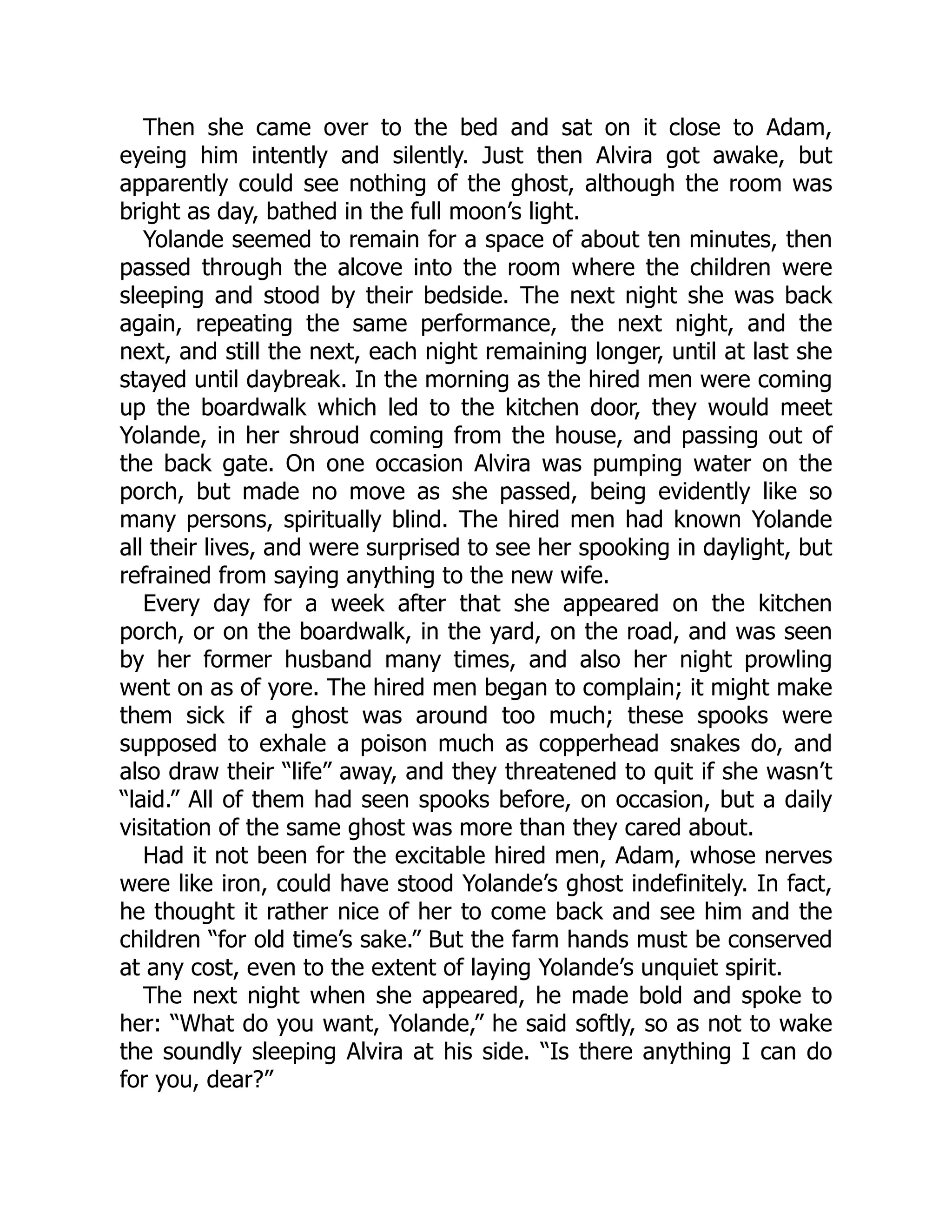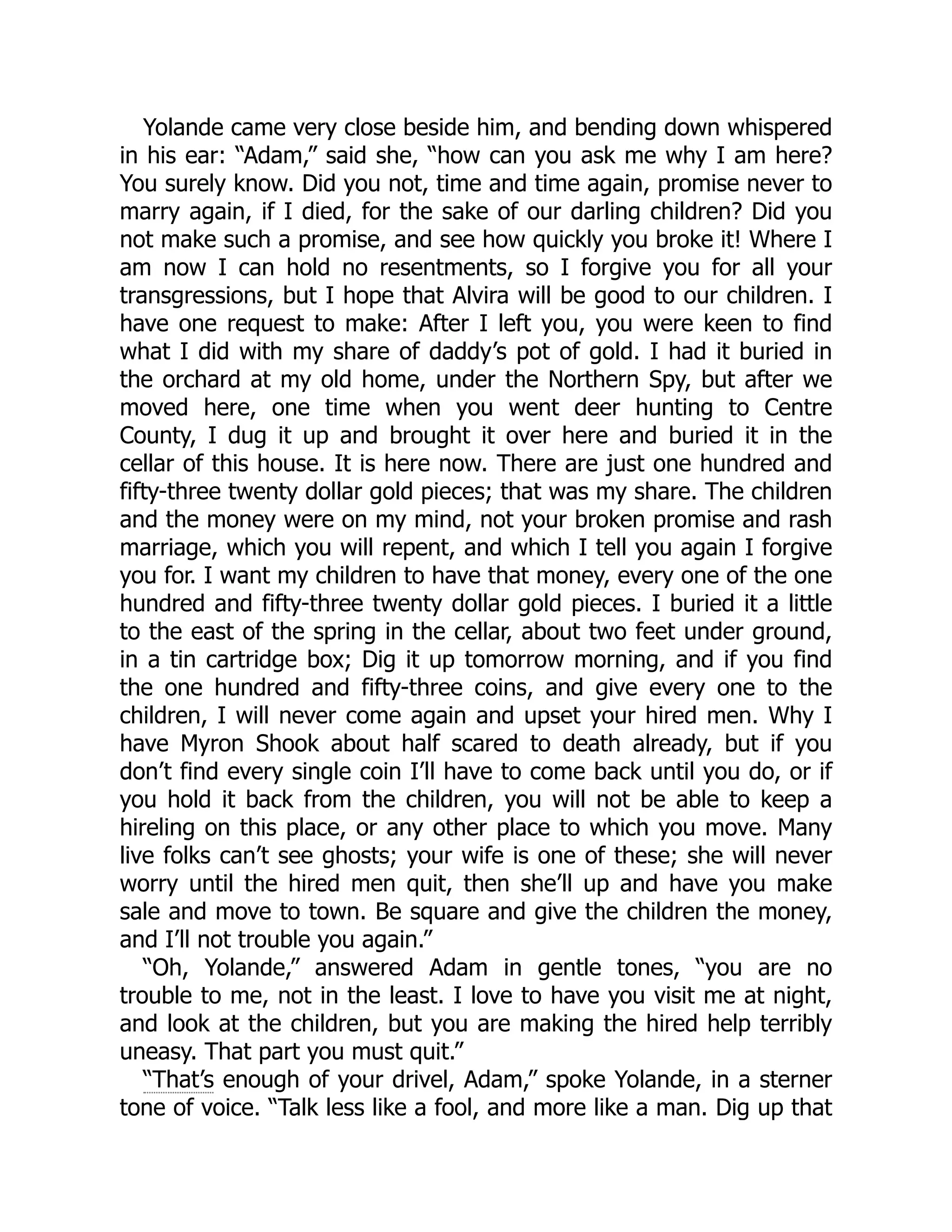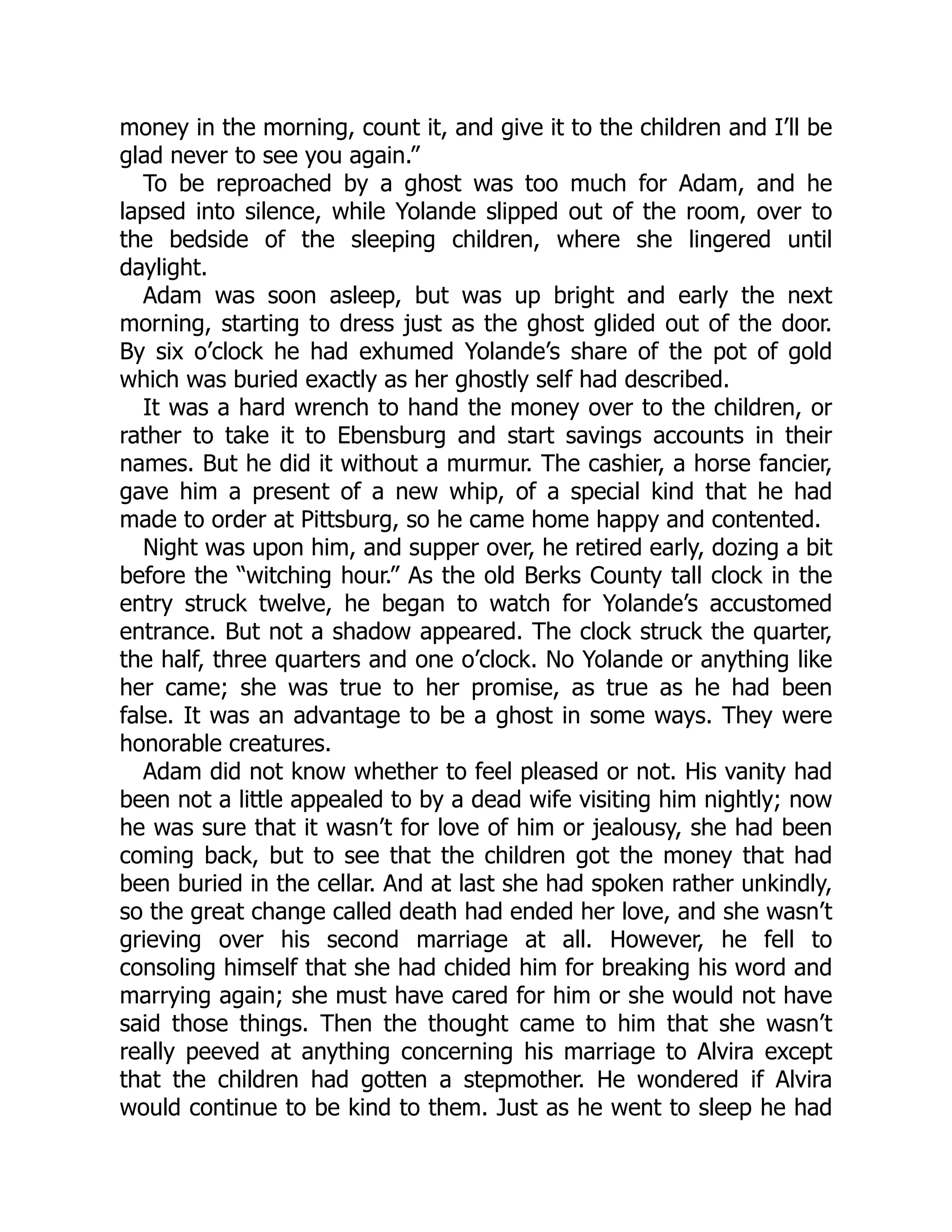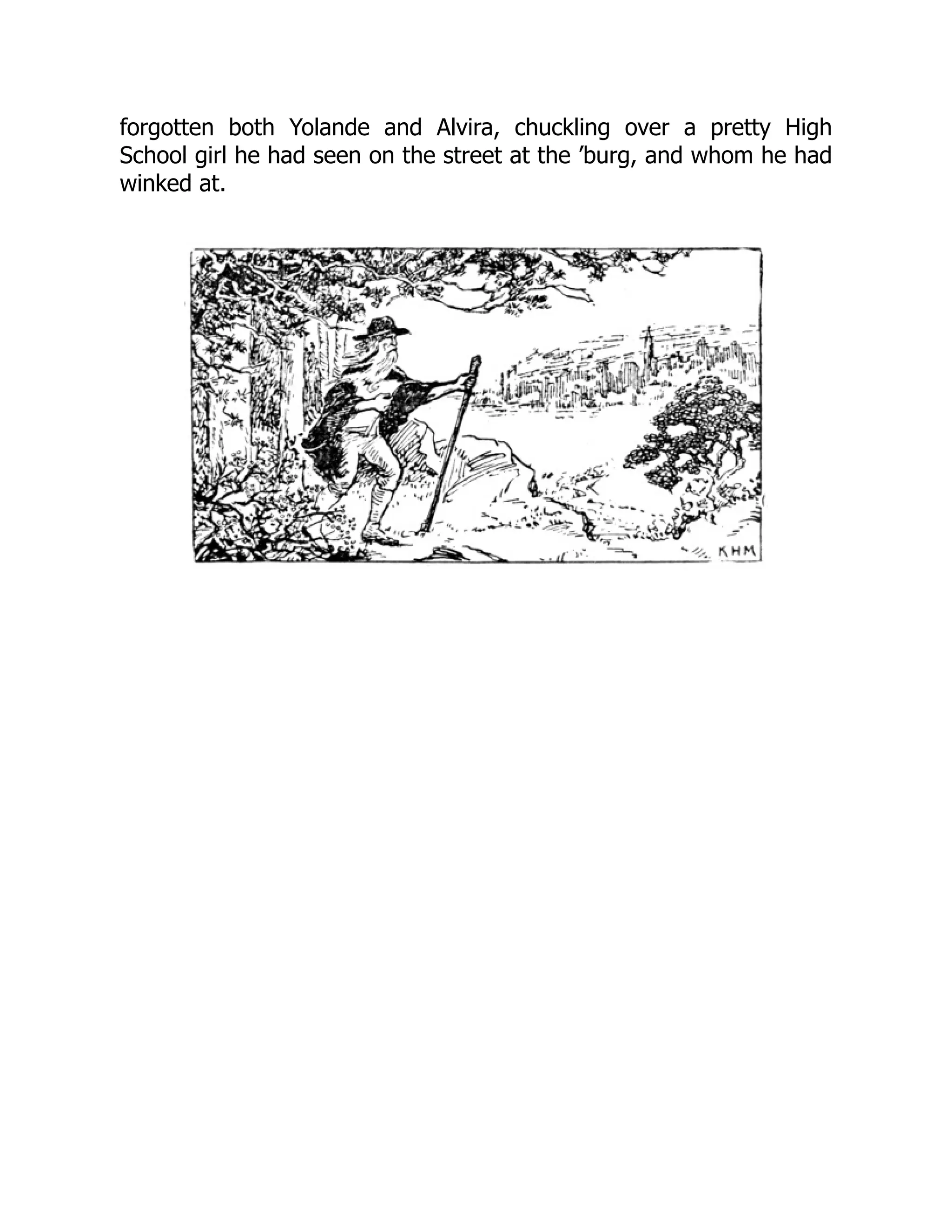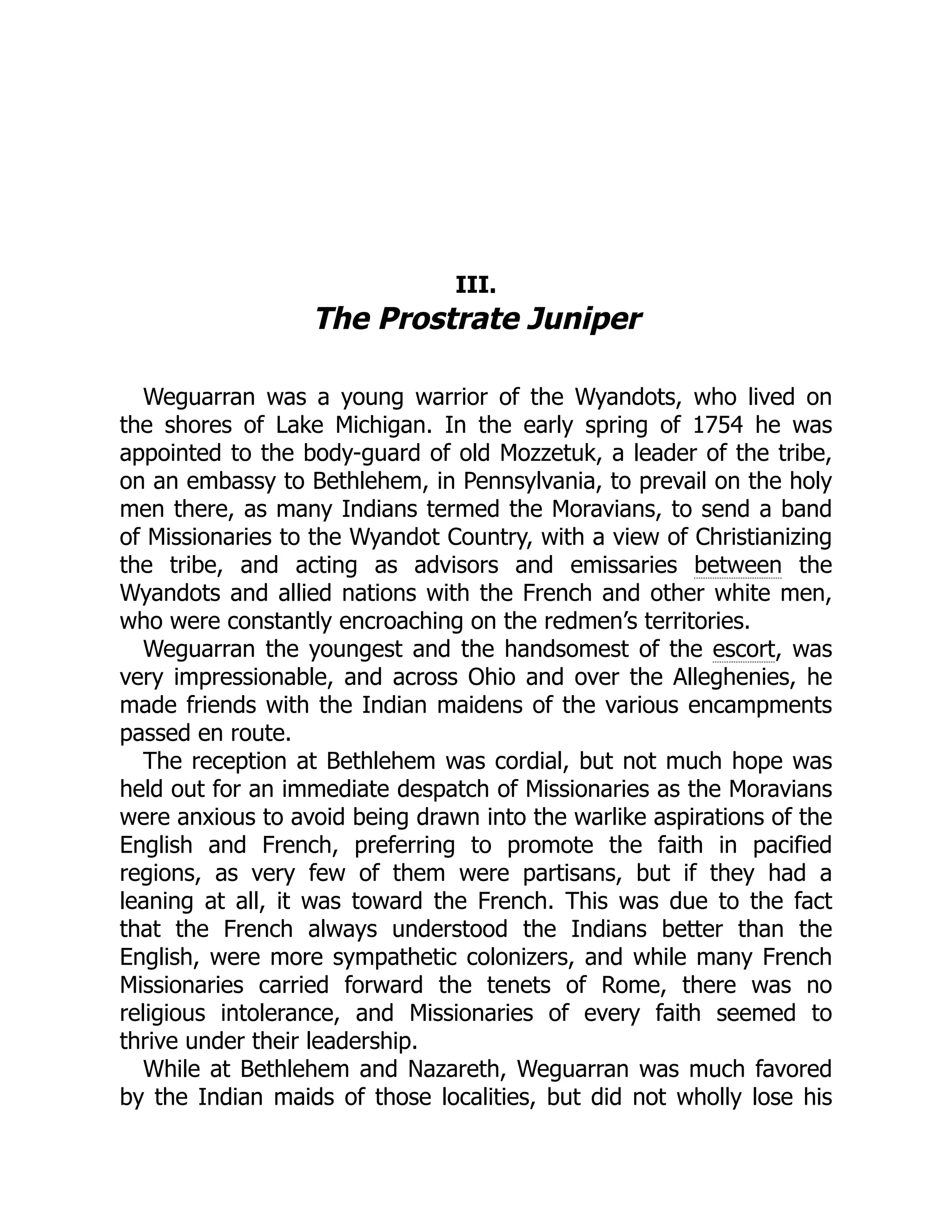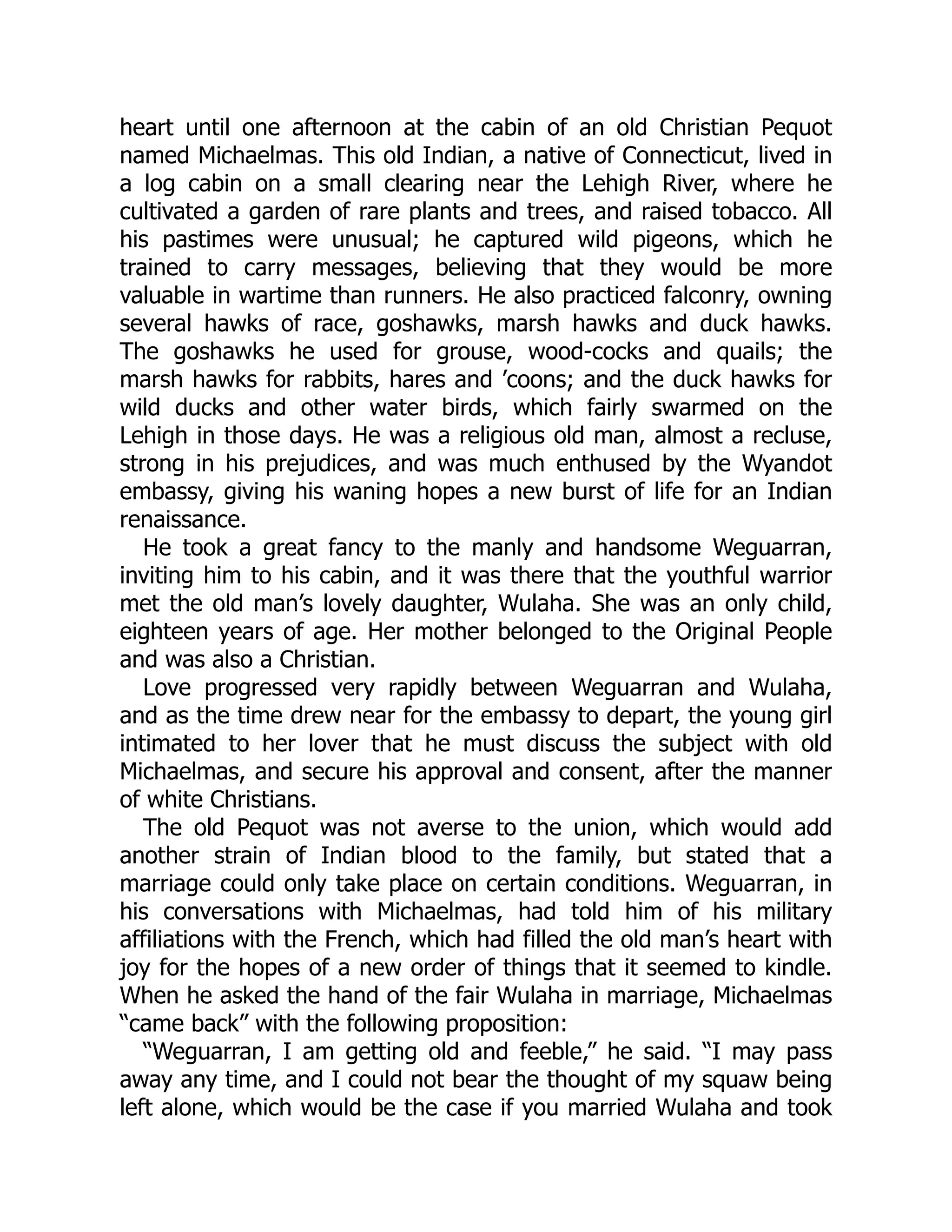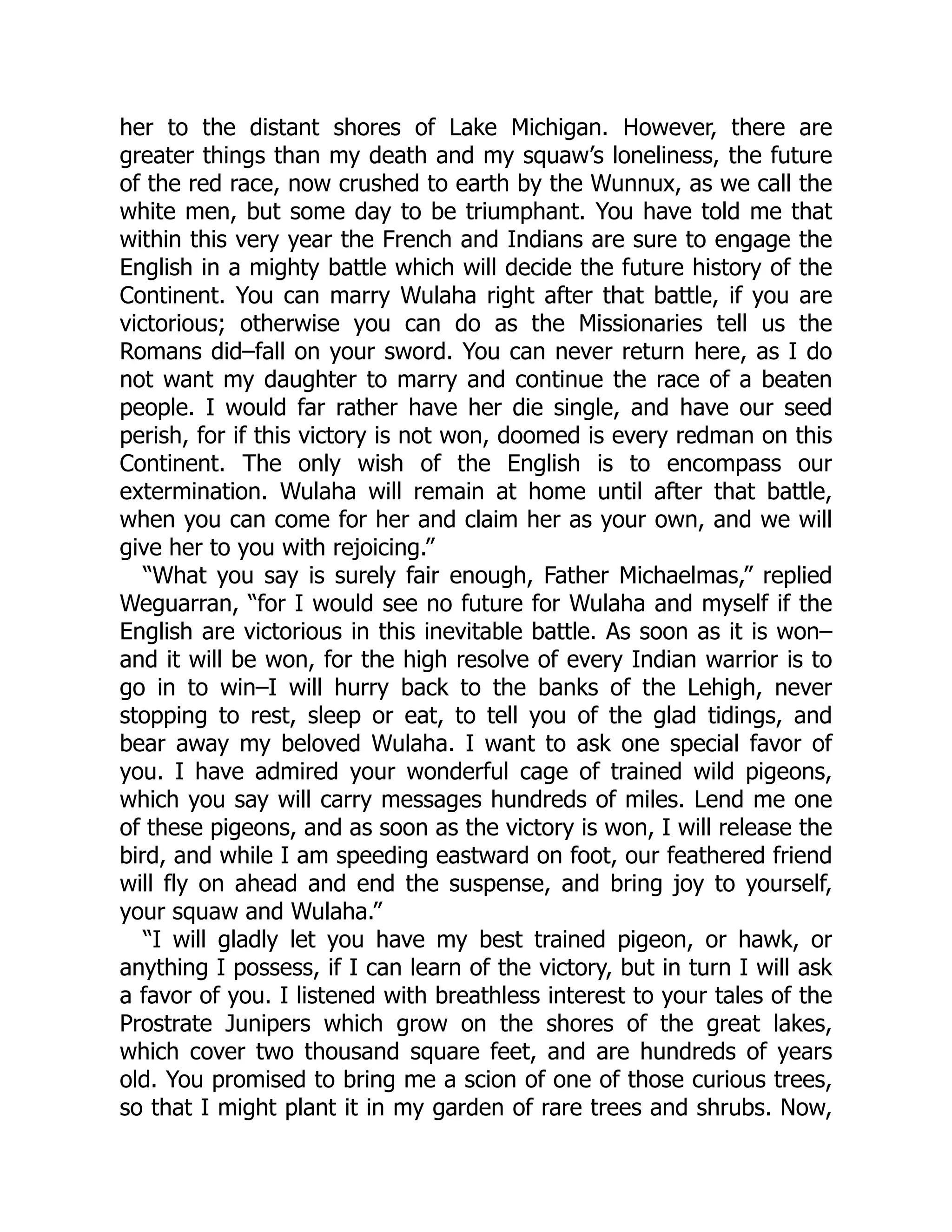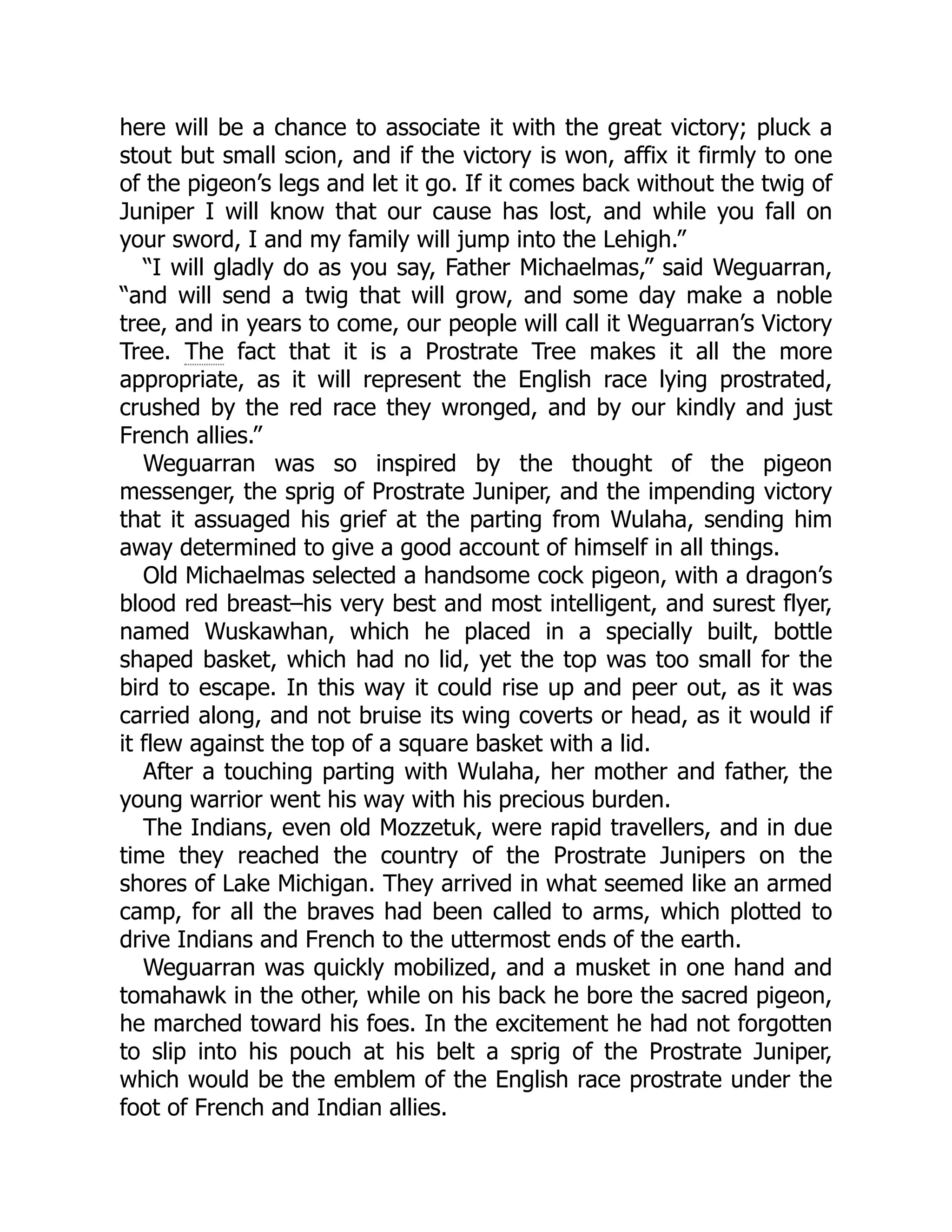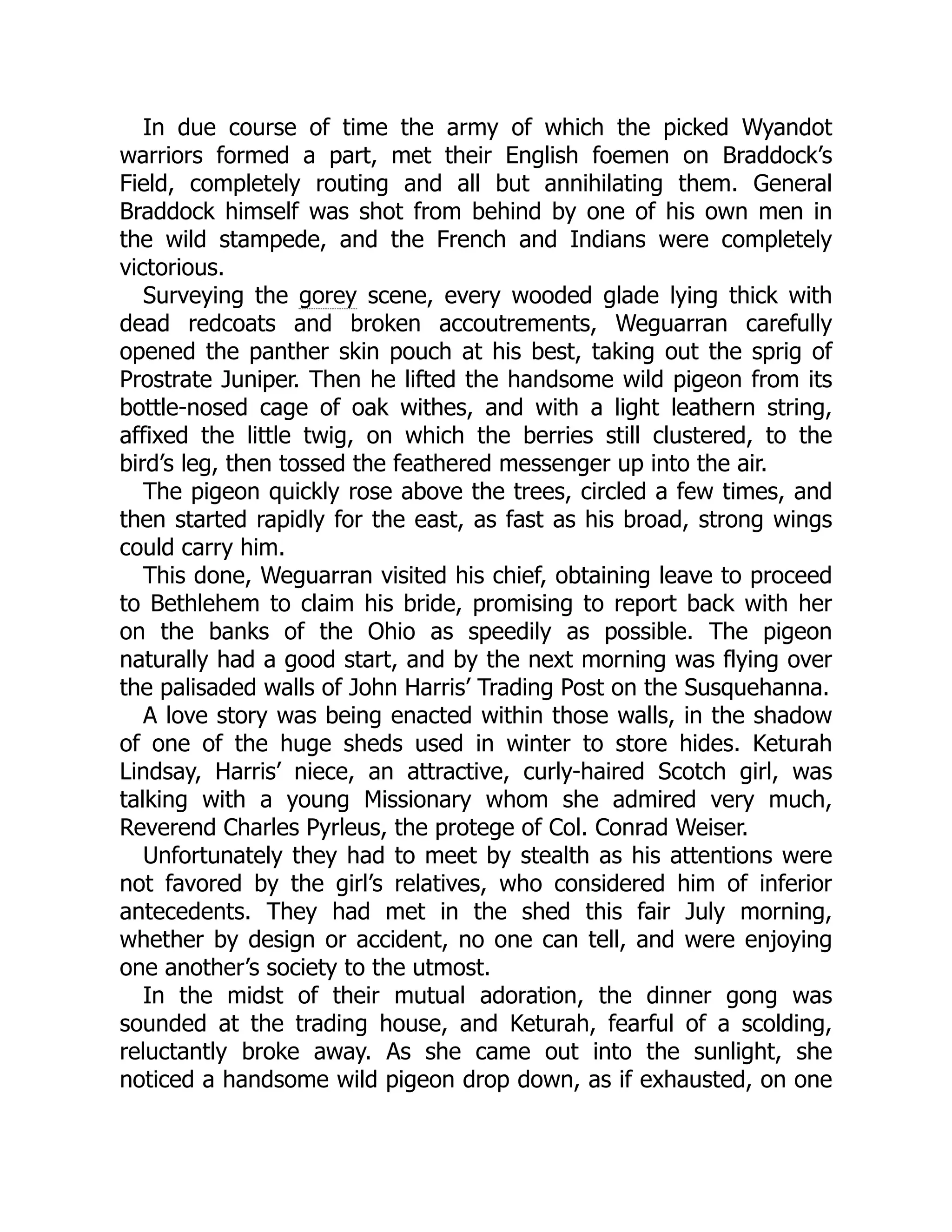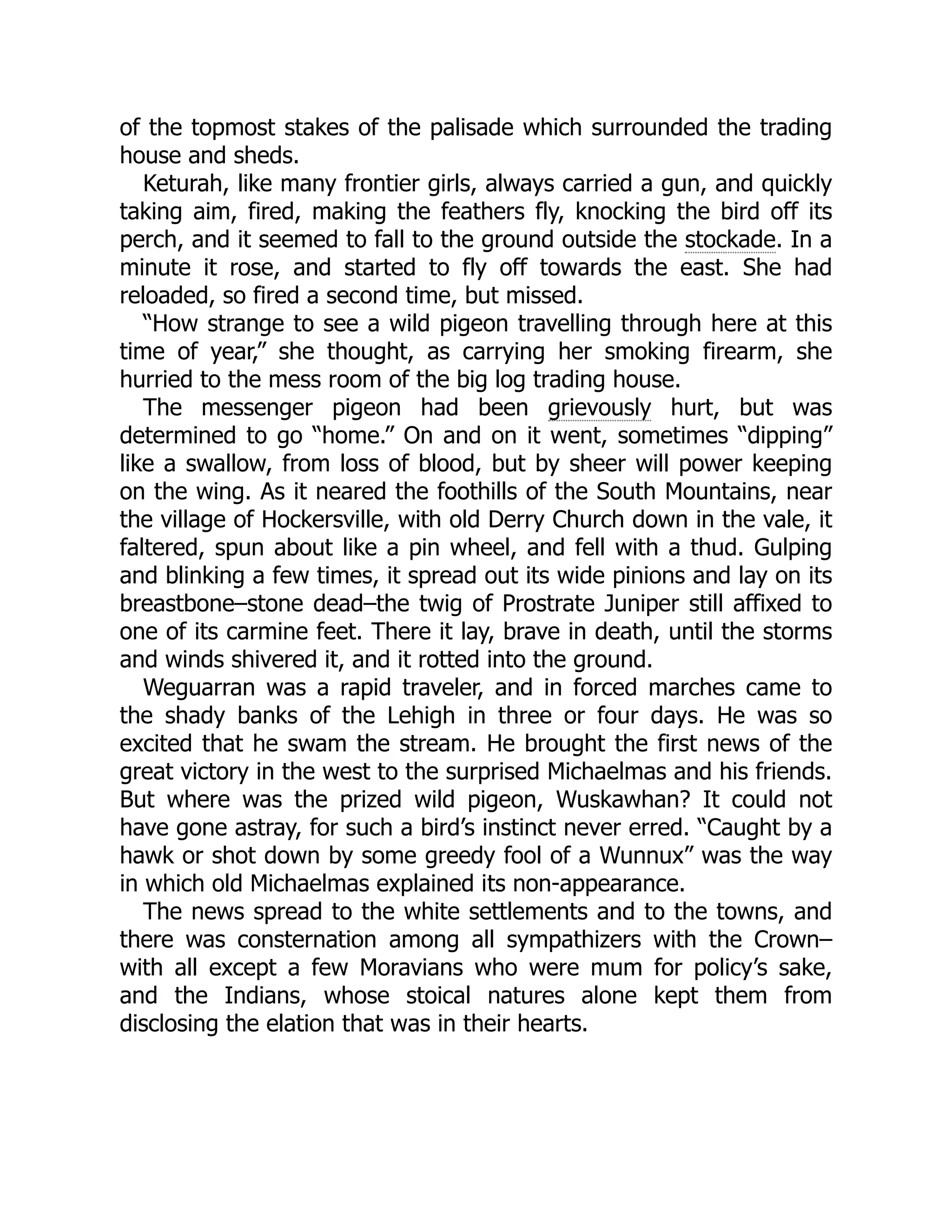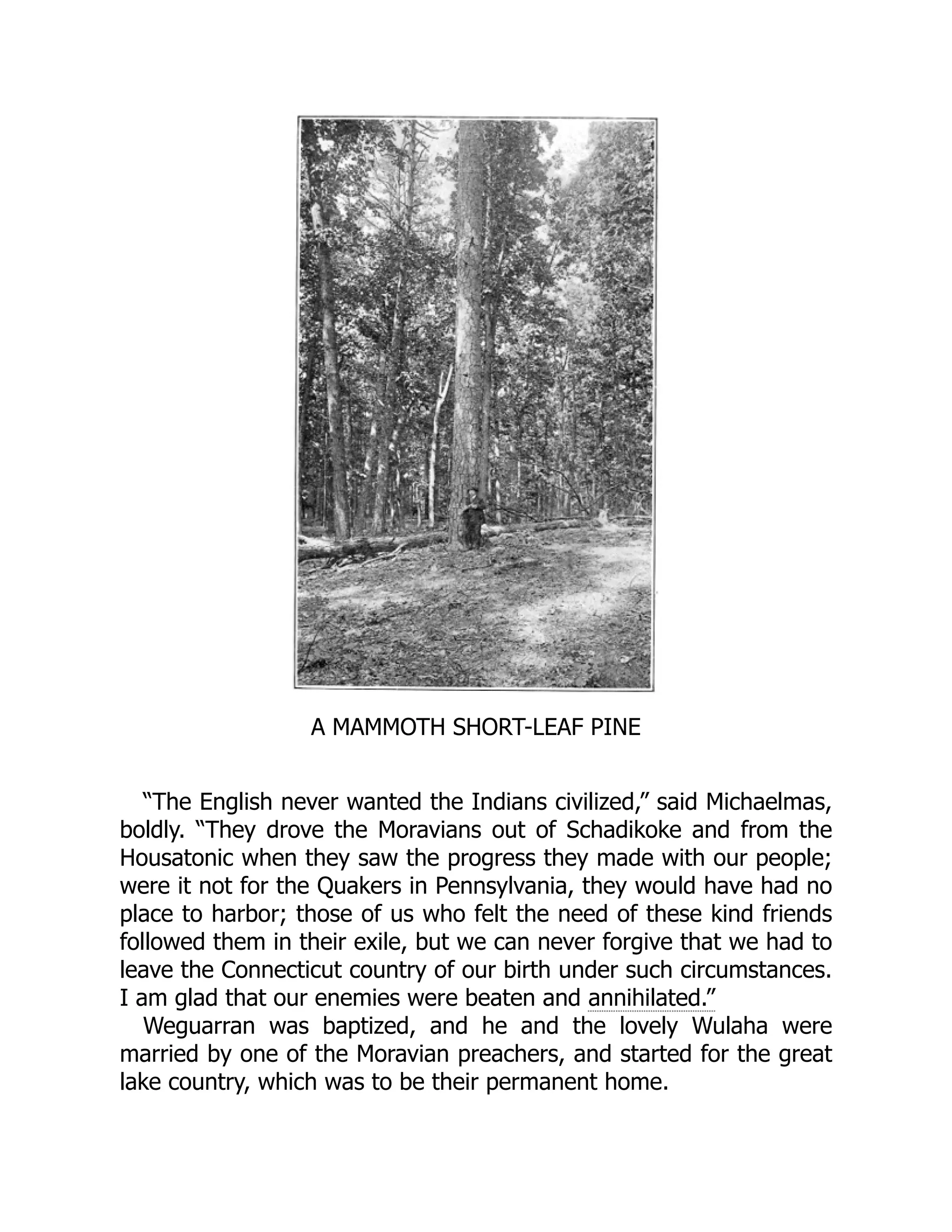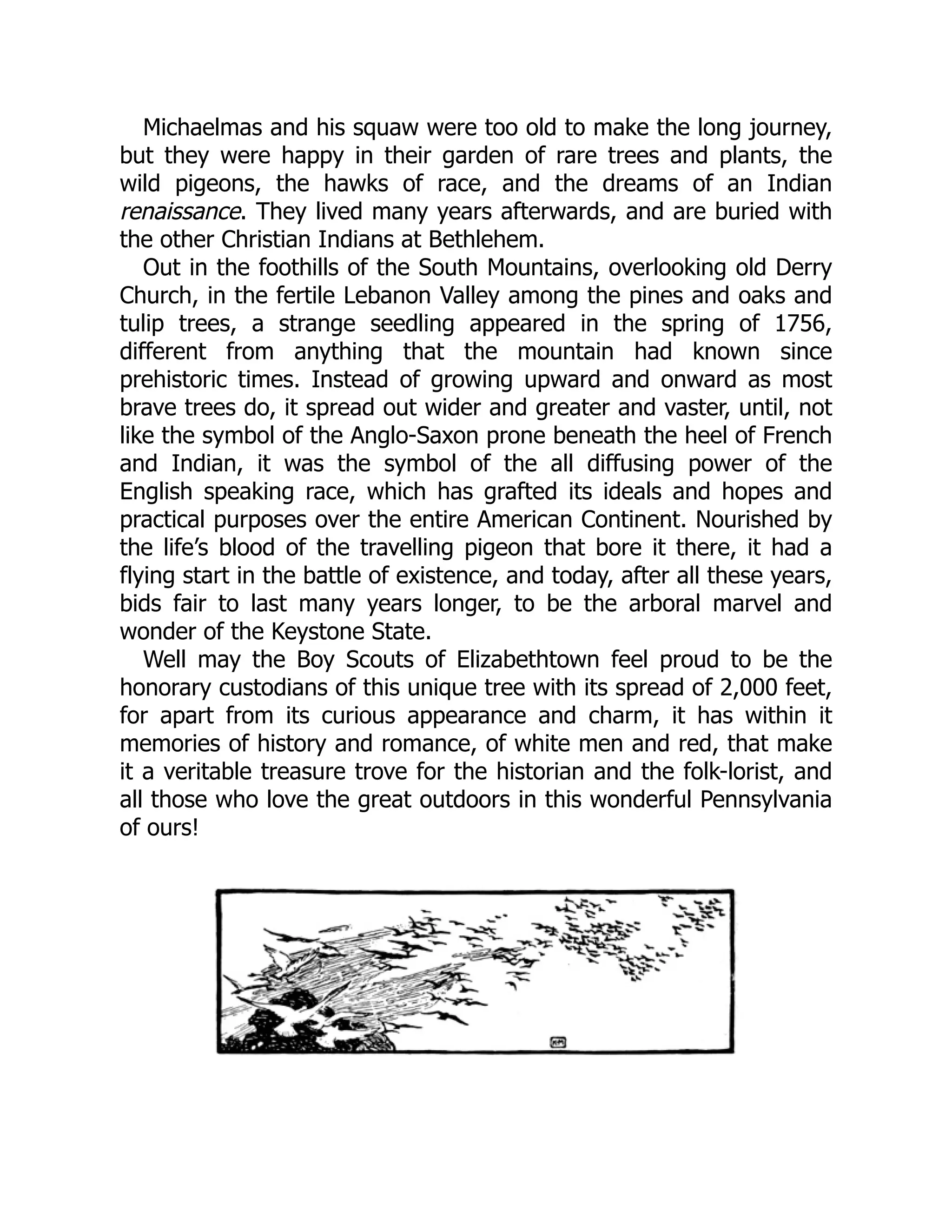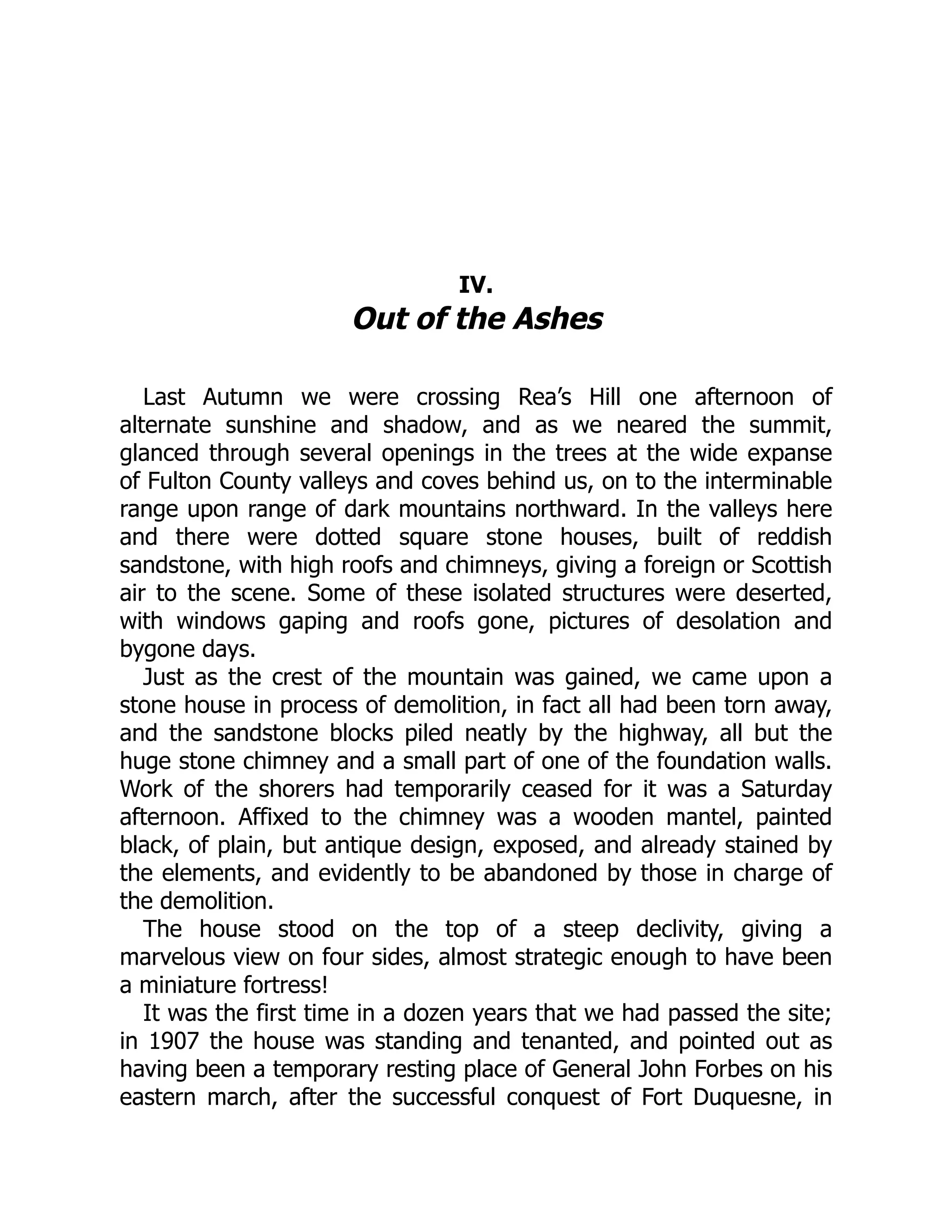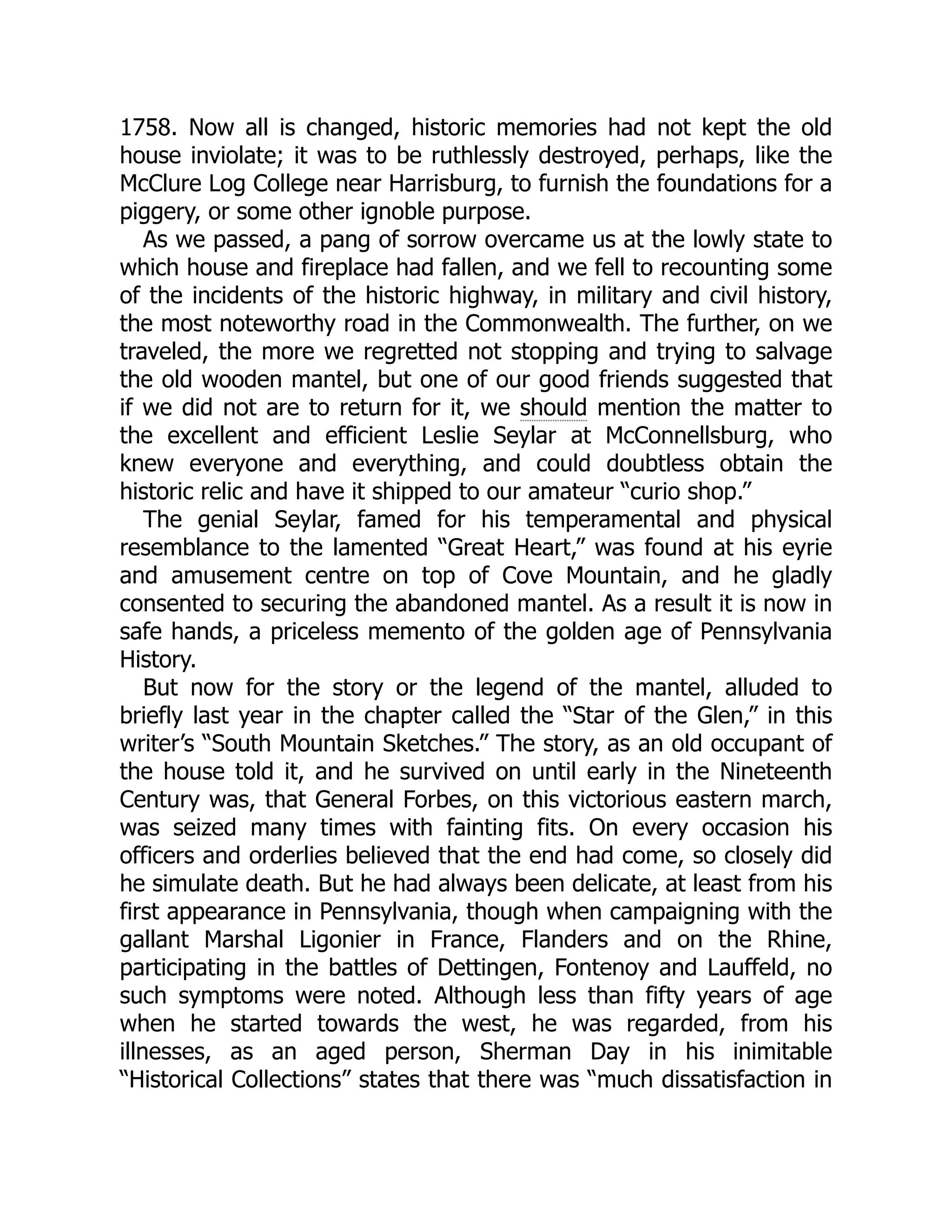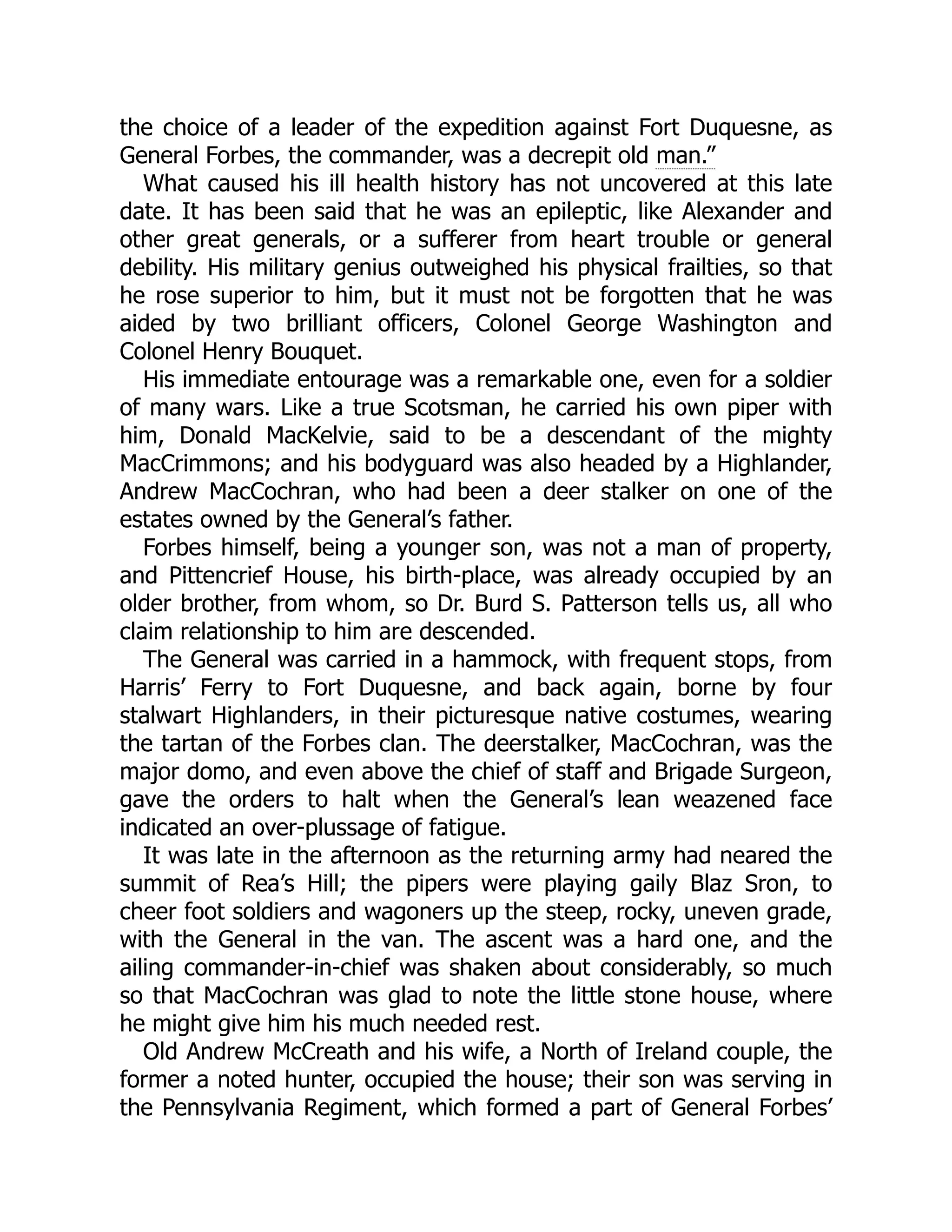(Ebook) Programming TypeScript: Making Your JavaScript Applications Scale by Boris Cherny (Ebook) Programming TypeScript: Making Your JavaScript Applications Scale by Boris Cherny (Ebook) Programming TypeScript: Making Your JavaScript Applications Scale by Boris Cherny




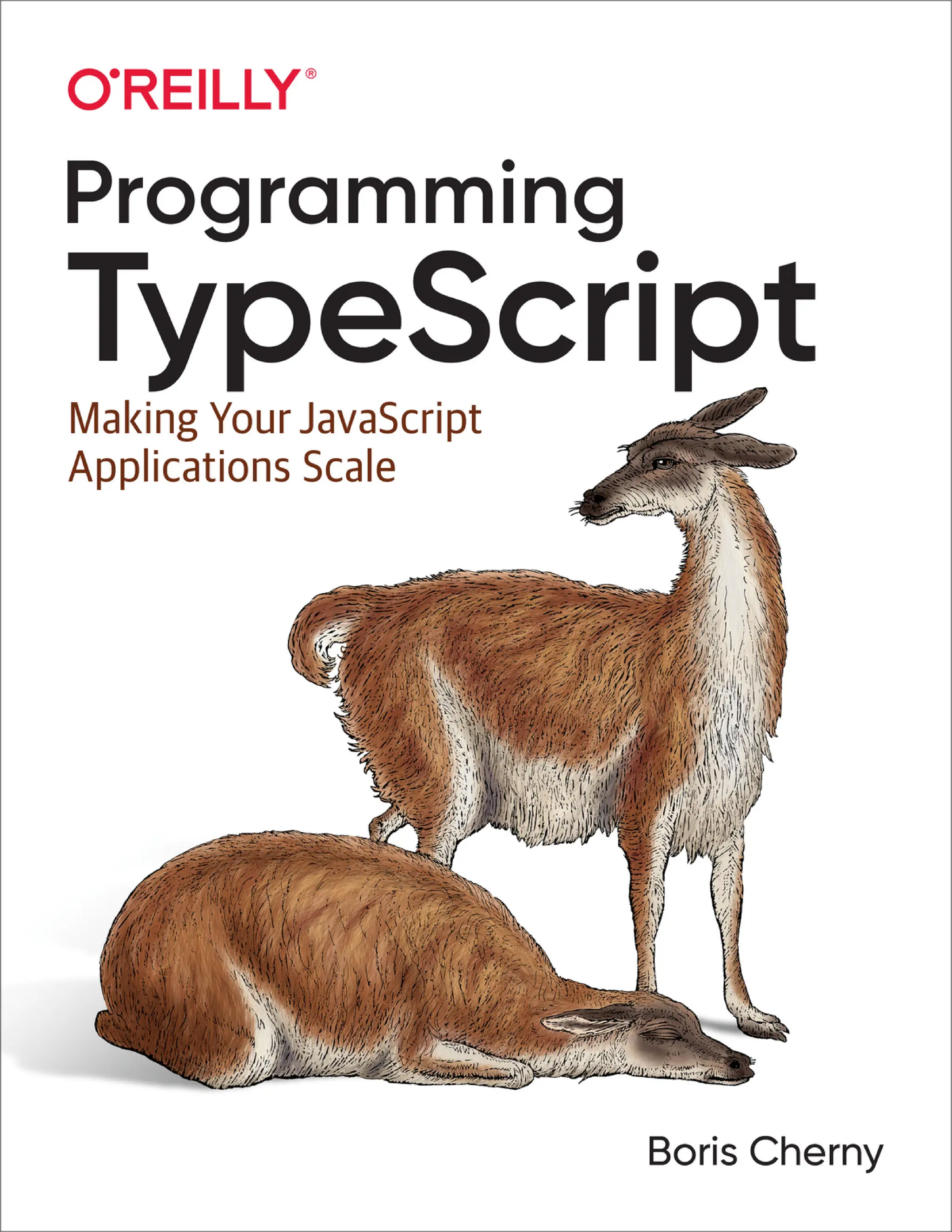
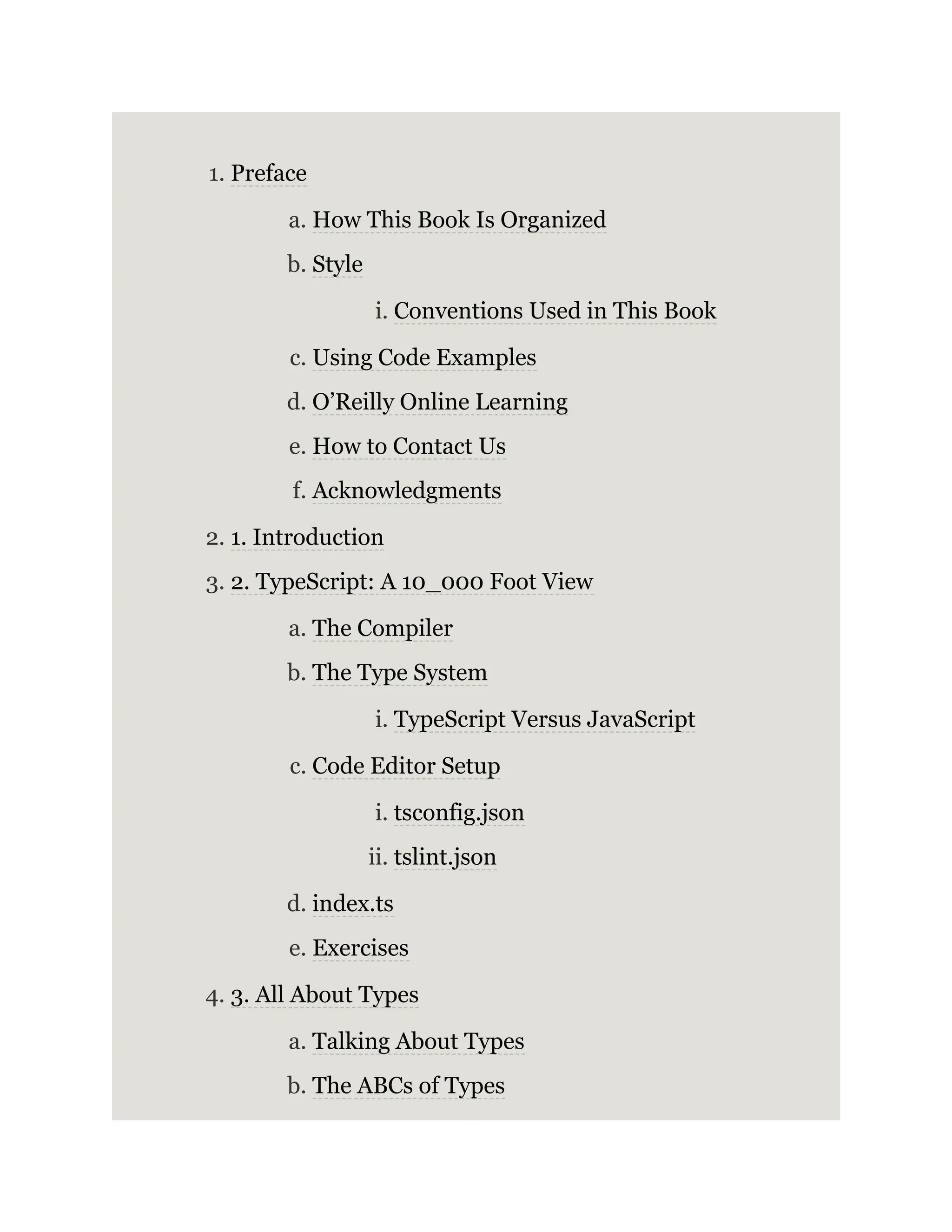
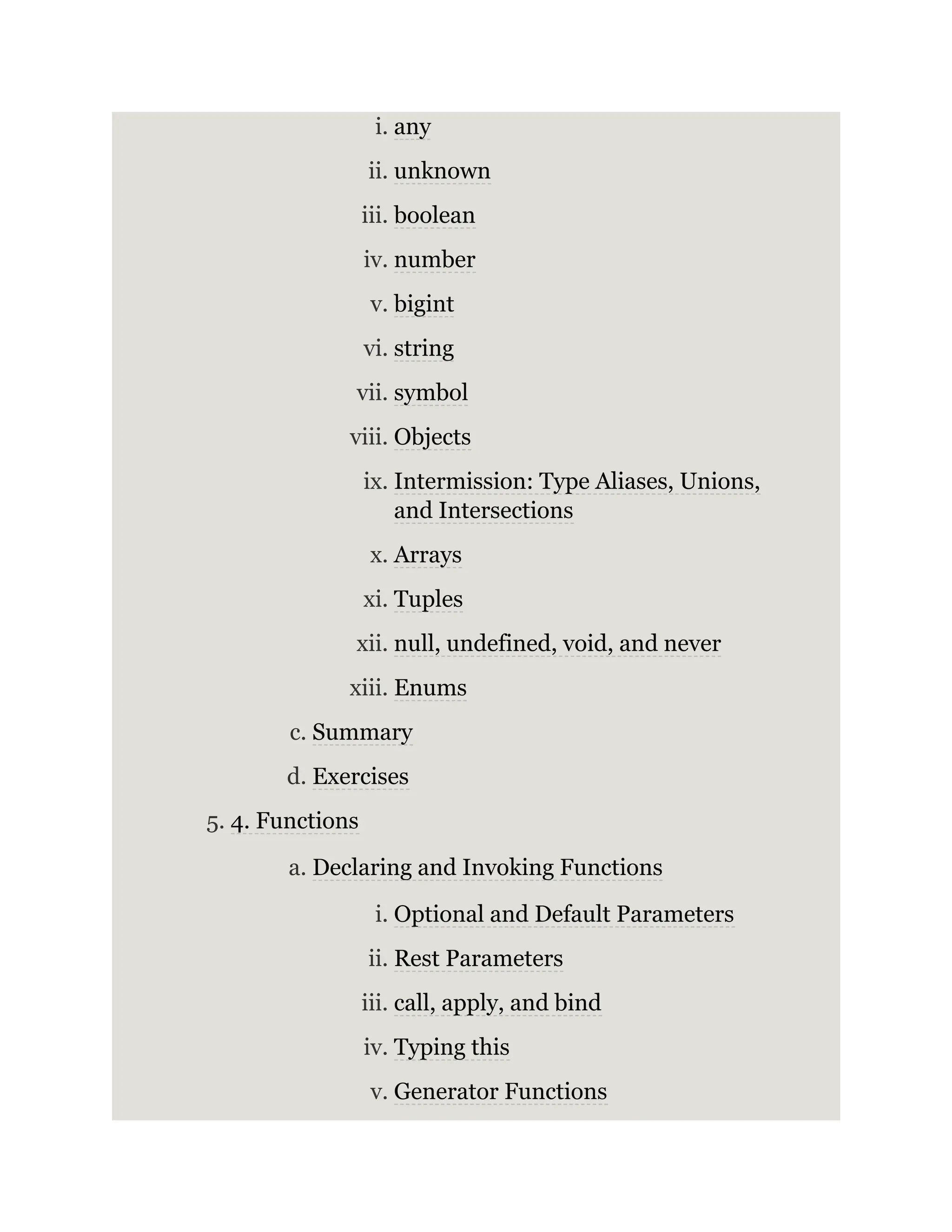



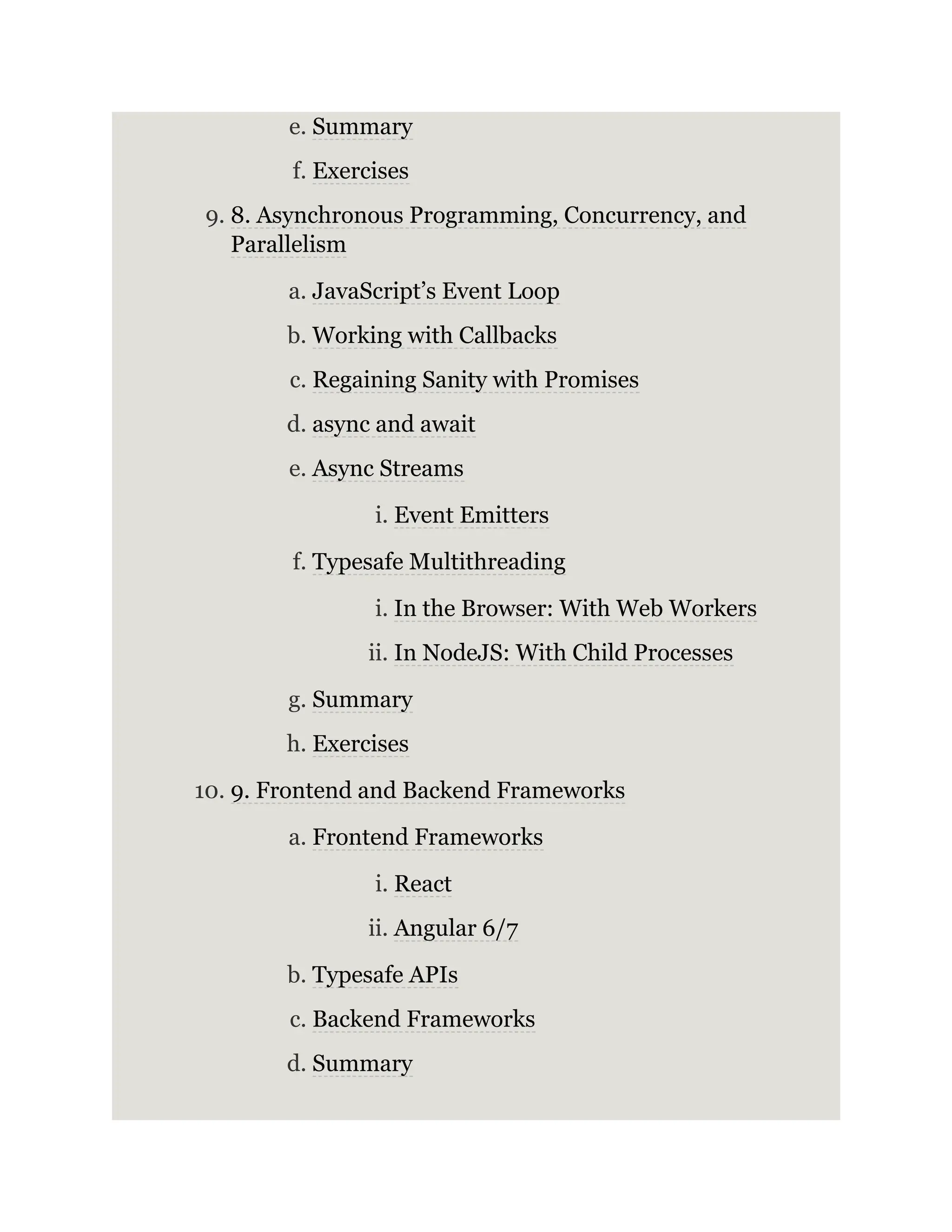
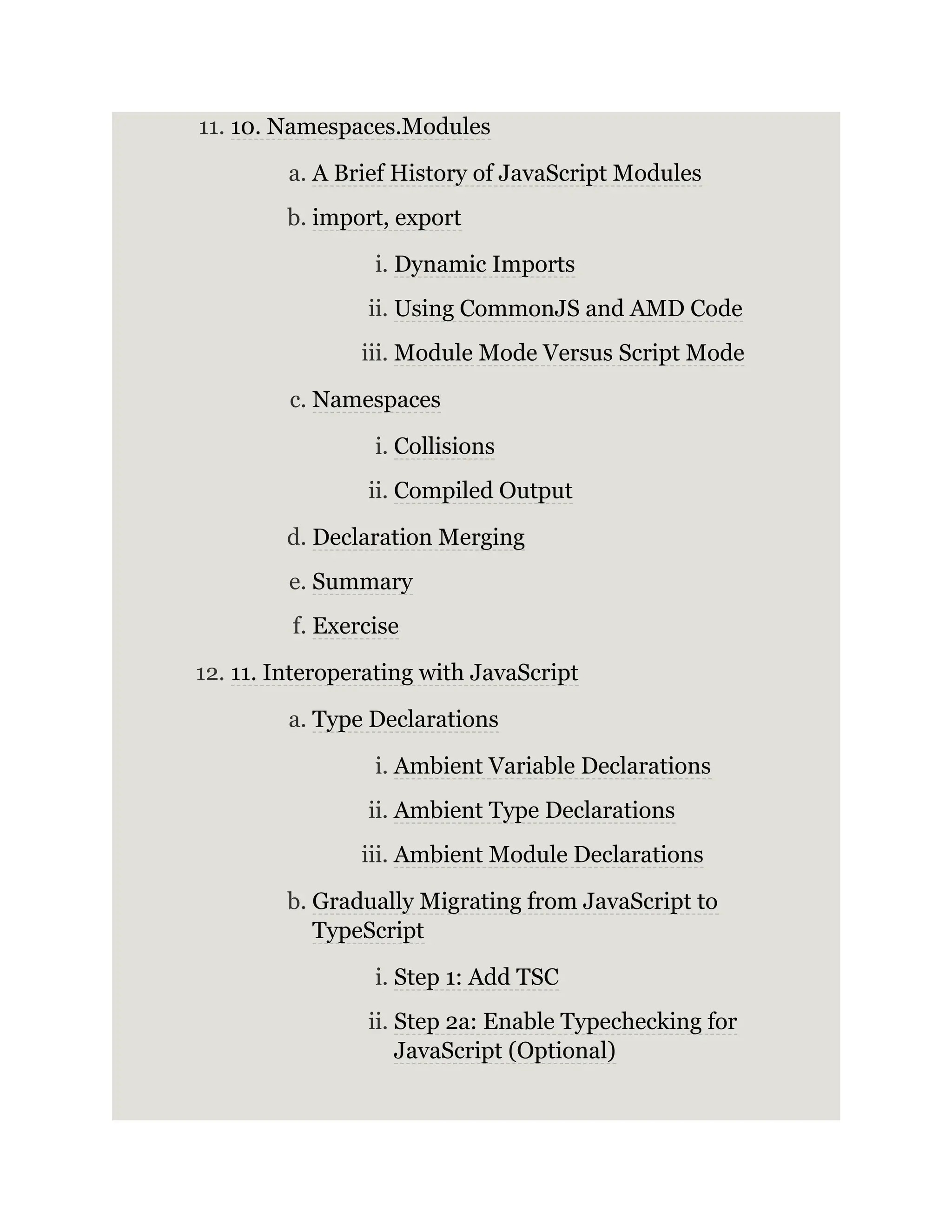
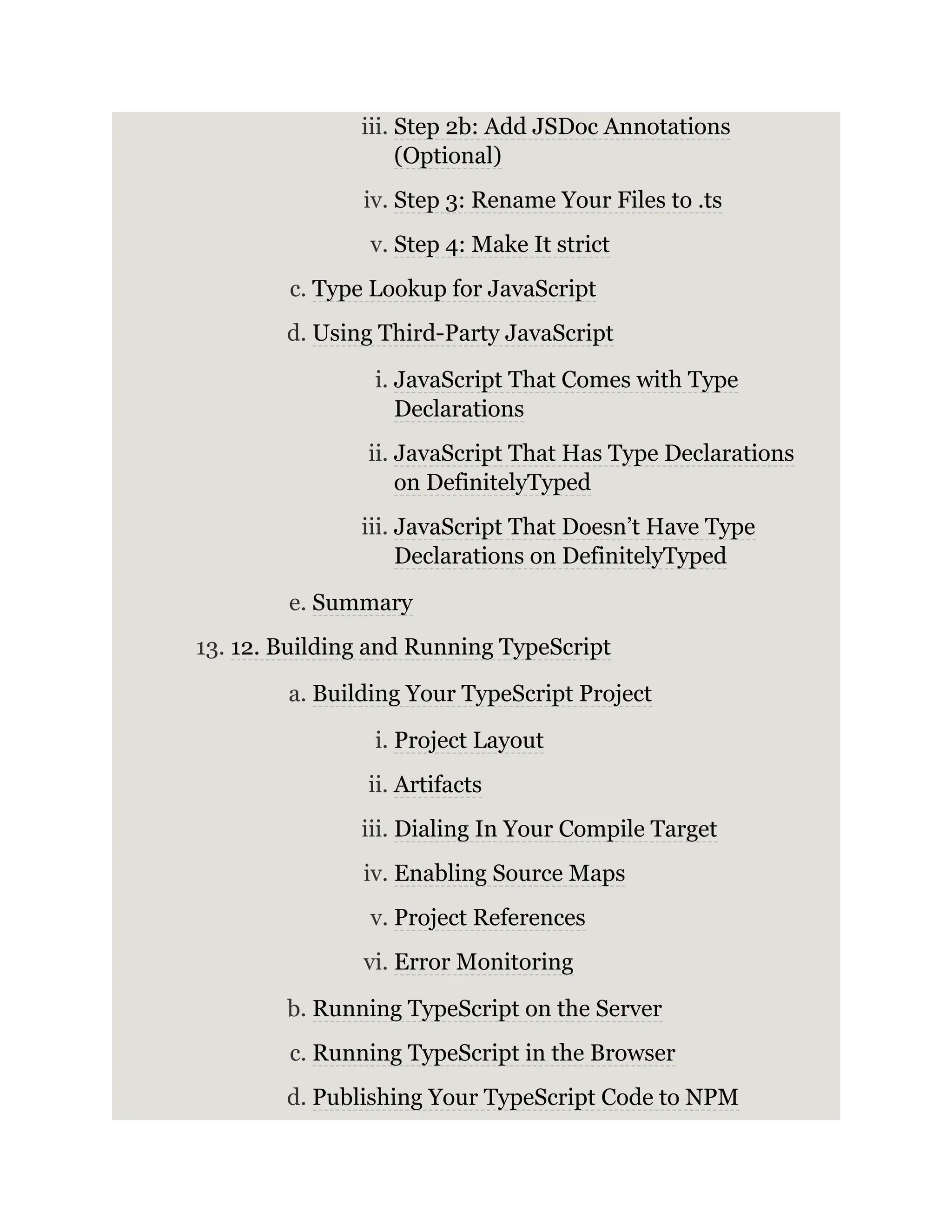
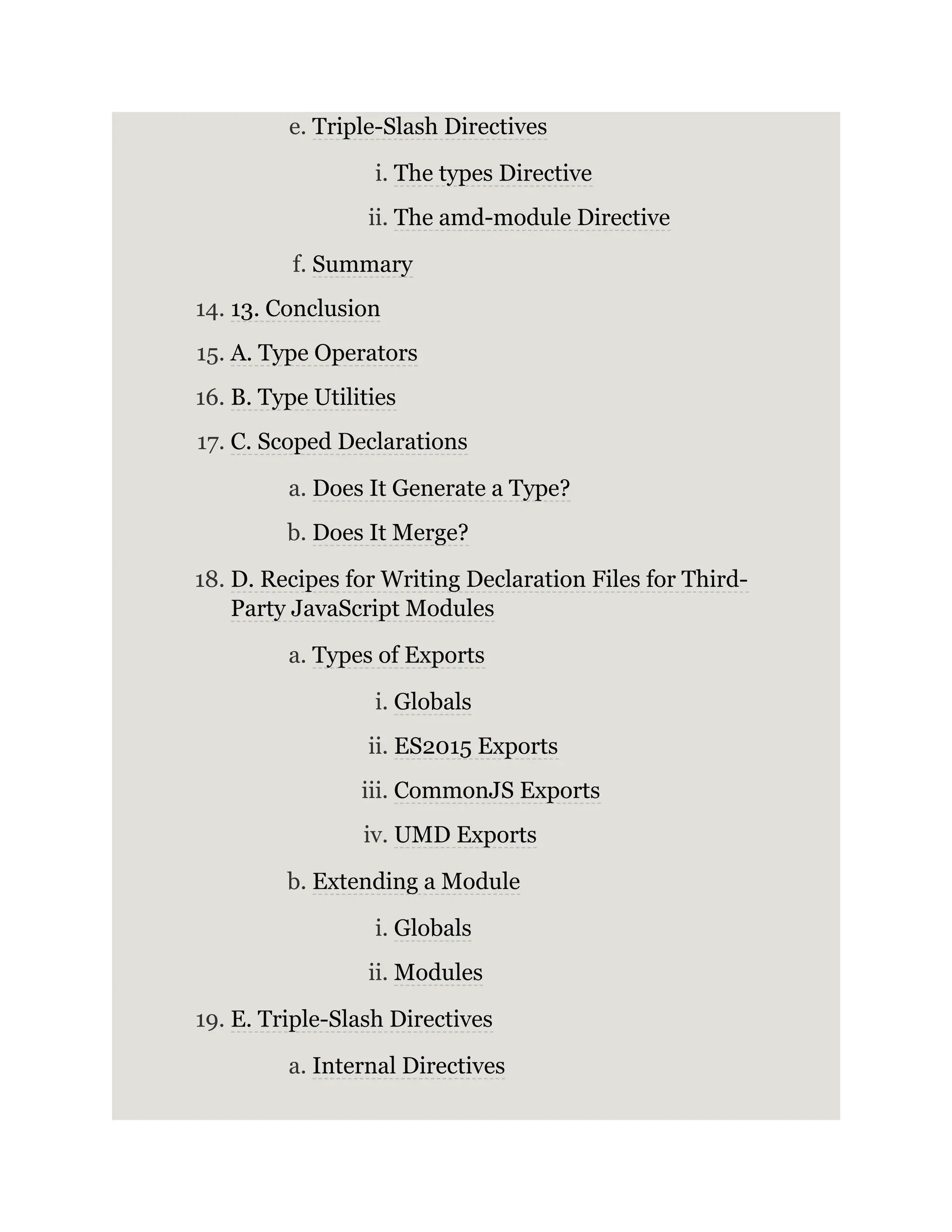

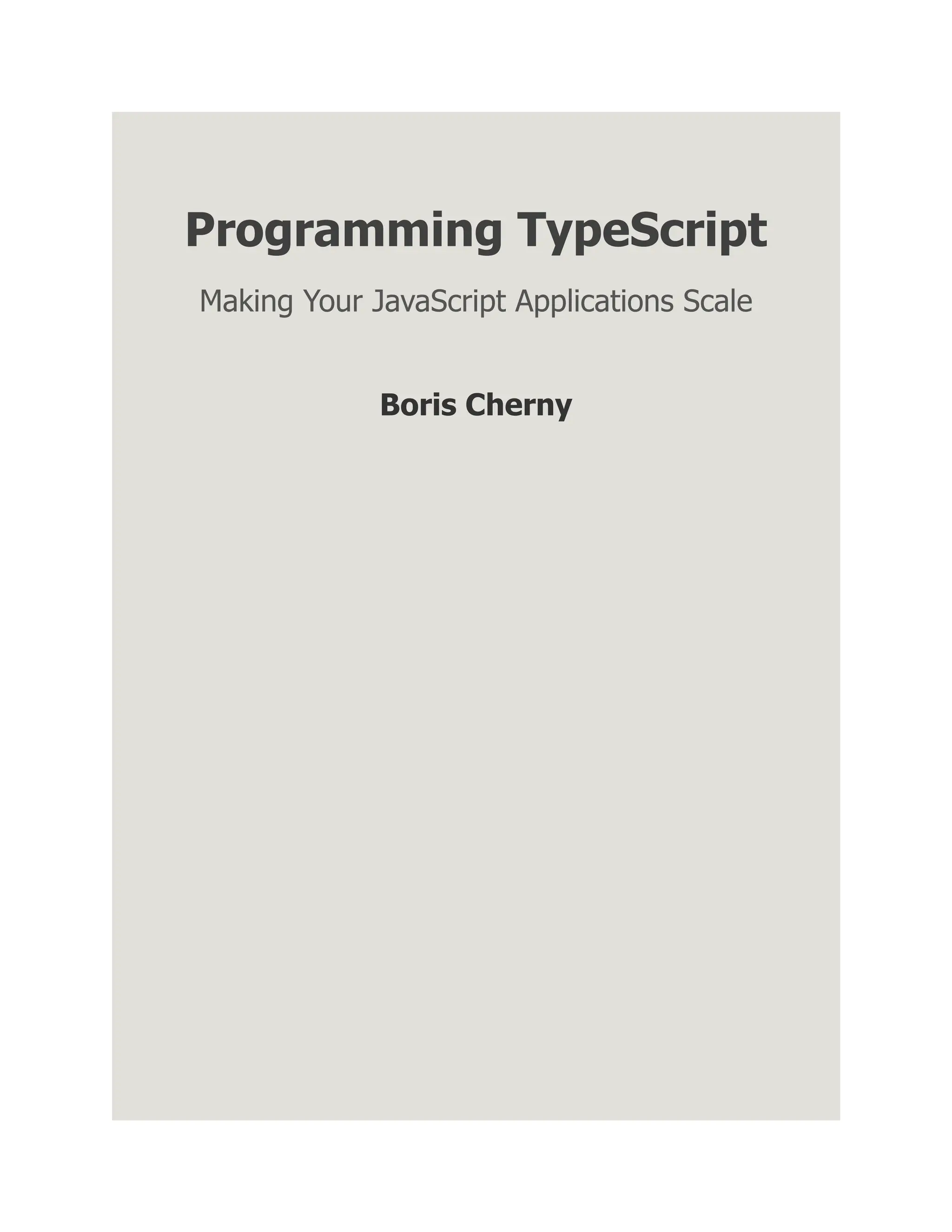

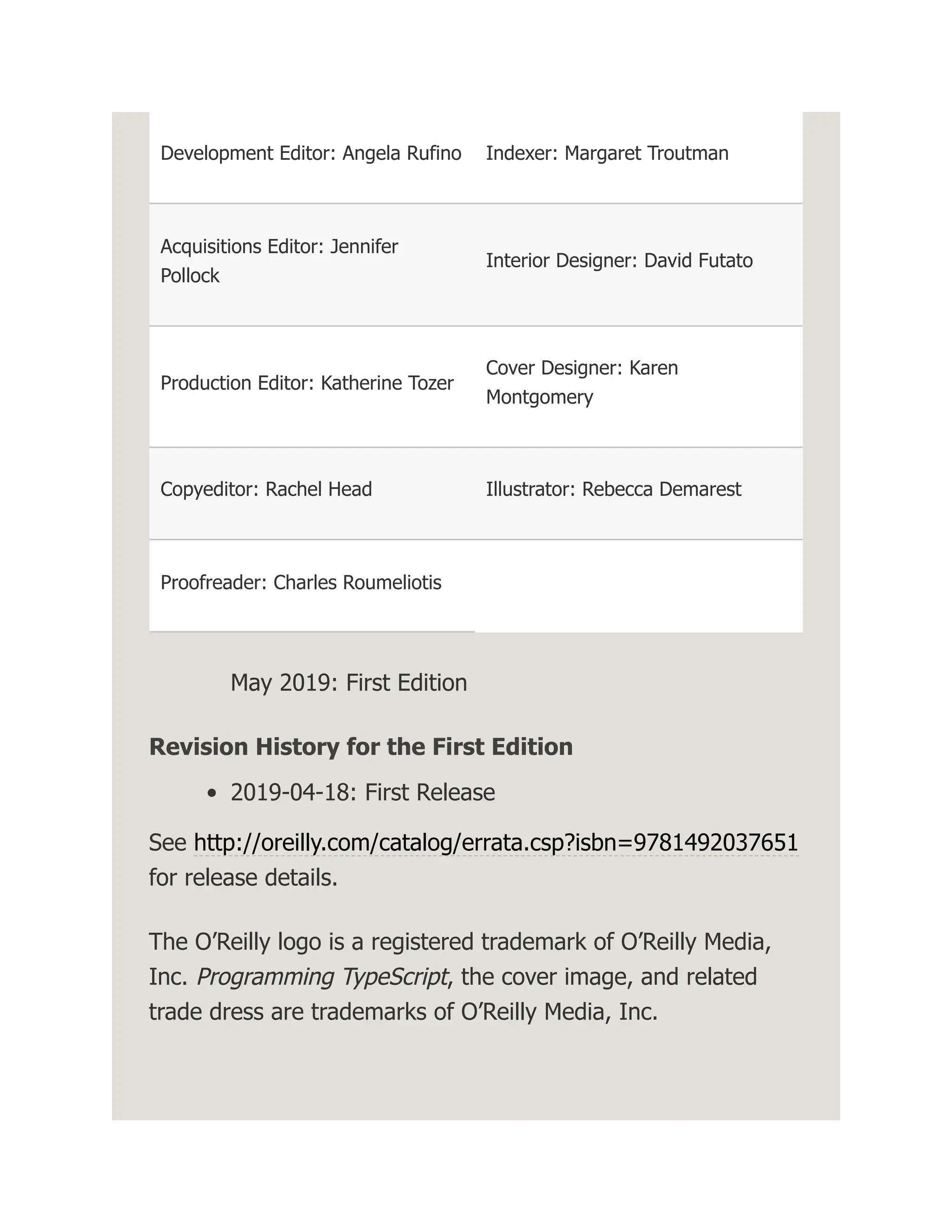
![The views expressed in this work are those of the author, and do not represent the publisher’s views. While the publisher and the author have used good faith efforts to ensure that the information and instructions contained in this work are accurate, the publisher and the author disclaim all responsibility for errors or omissions, including without limitation responsibility for damages resulting from the use of or reliance on this work. Use of the information and instructions contained in this work is at your own risk. If any code samples or other technology this work contains or describes is subject to open source licenses or the intellectual property rights of others, it is your responsibility to ensure that your use thereof complies with such licenses and/or rights. 978-1-492-03765-1 [LSI]](https://image.slidesharecdn.com/77134336-250318231540-cea24e97/75/Ebook-Programming-TypeScript-Making-Your-JavaScript-Applications-Scale-by-Boris-Cherny-19-2048.jpg)

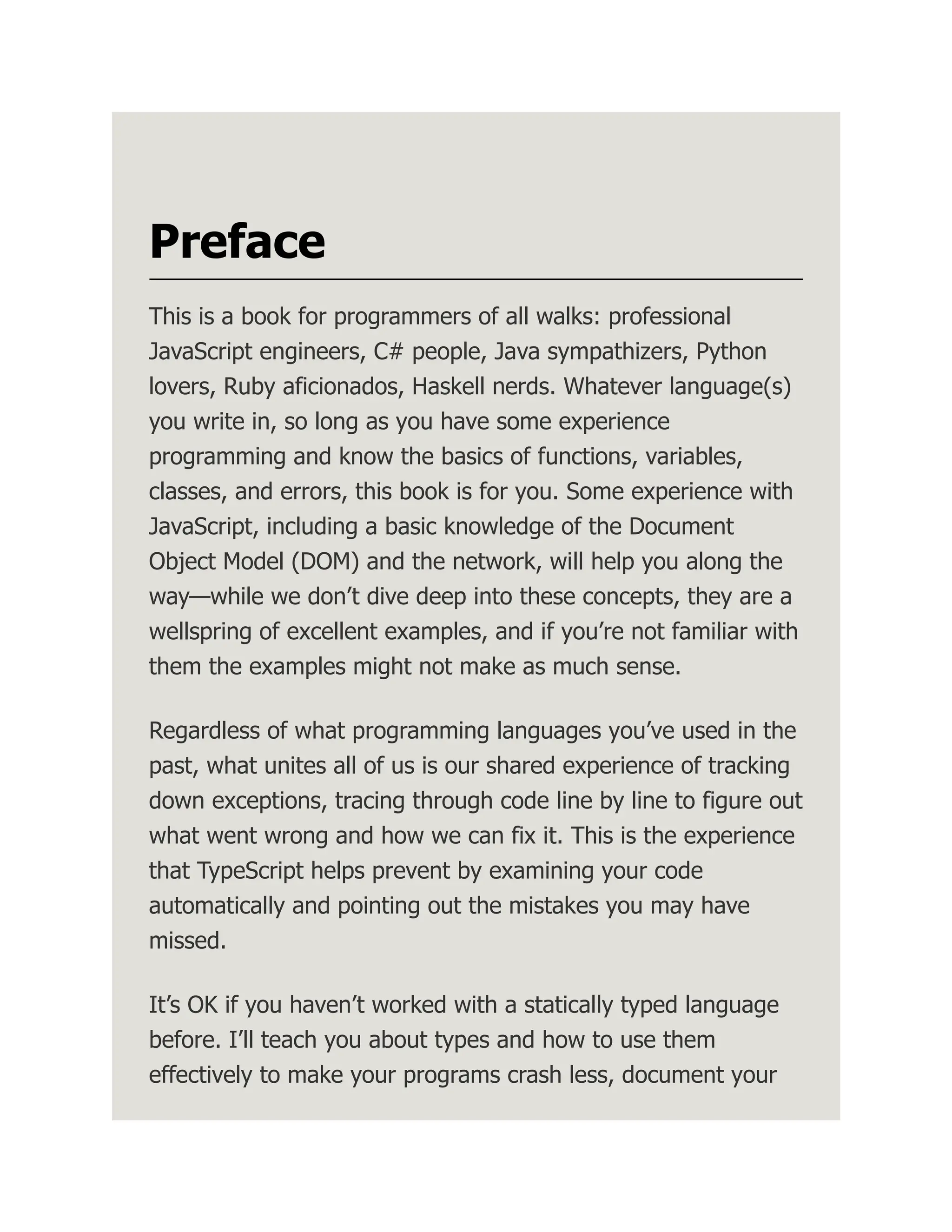

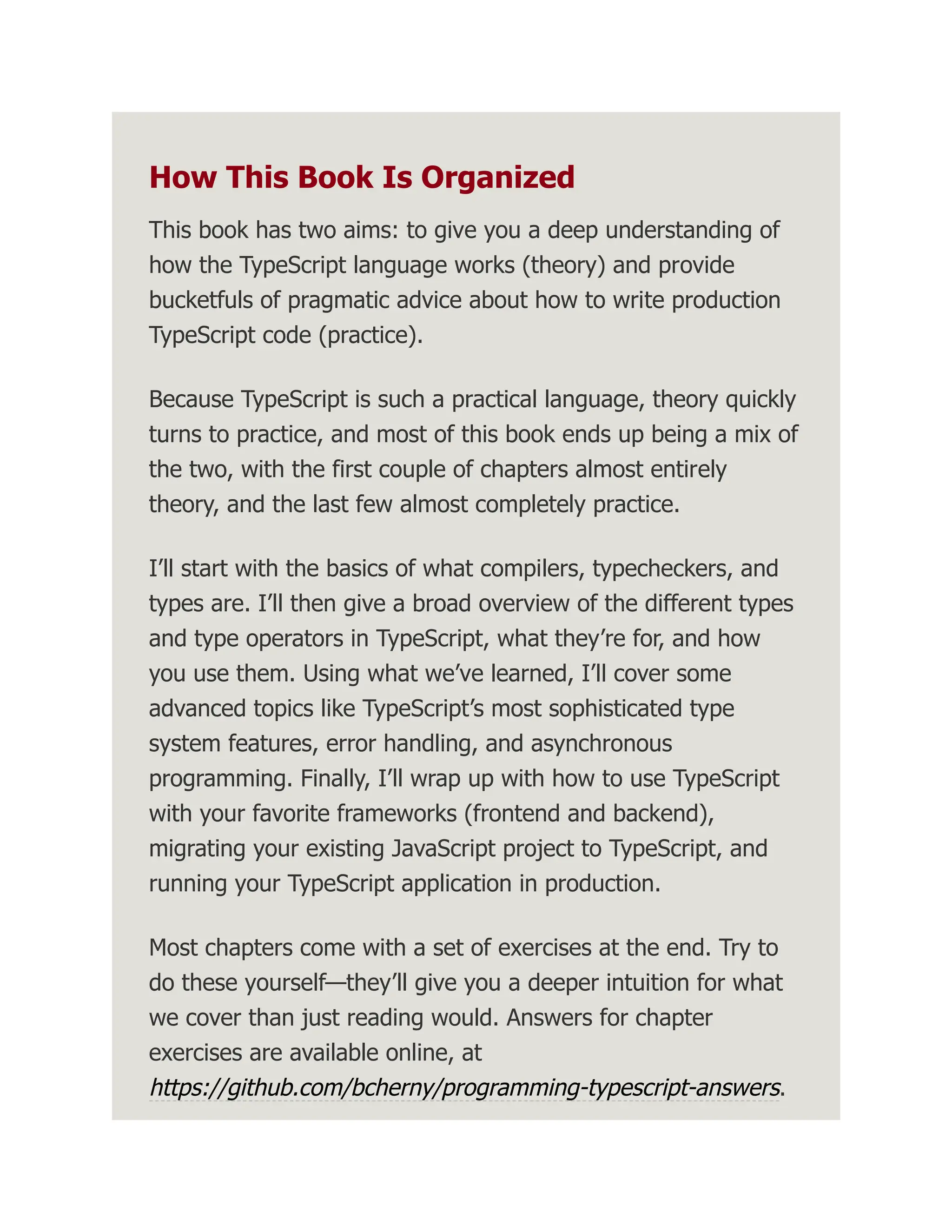
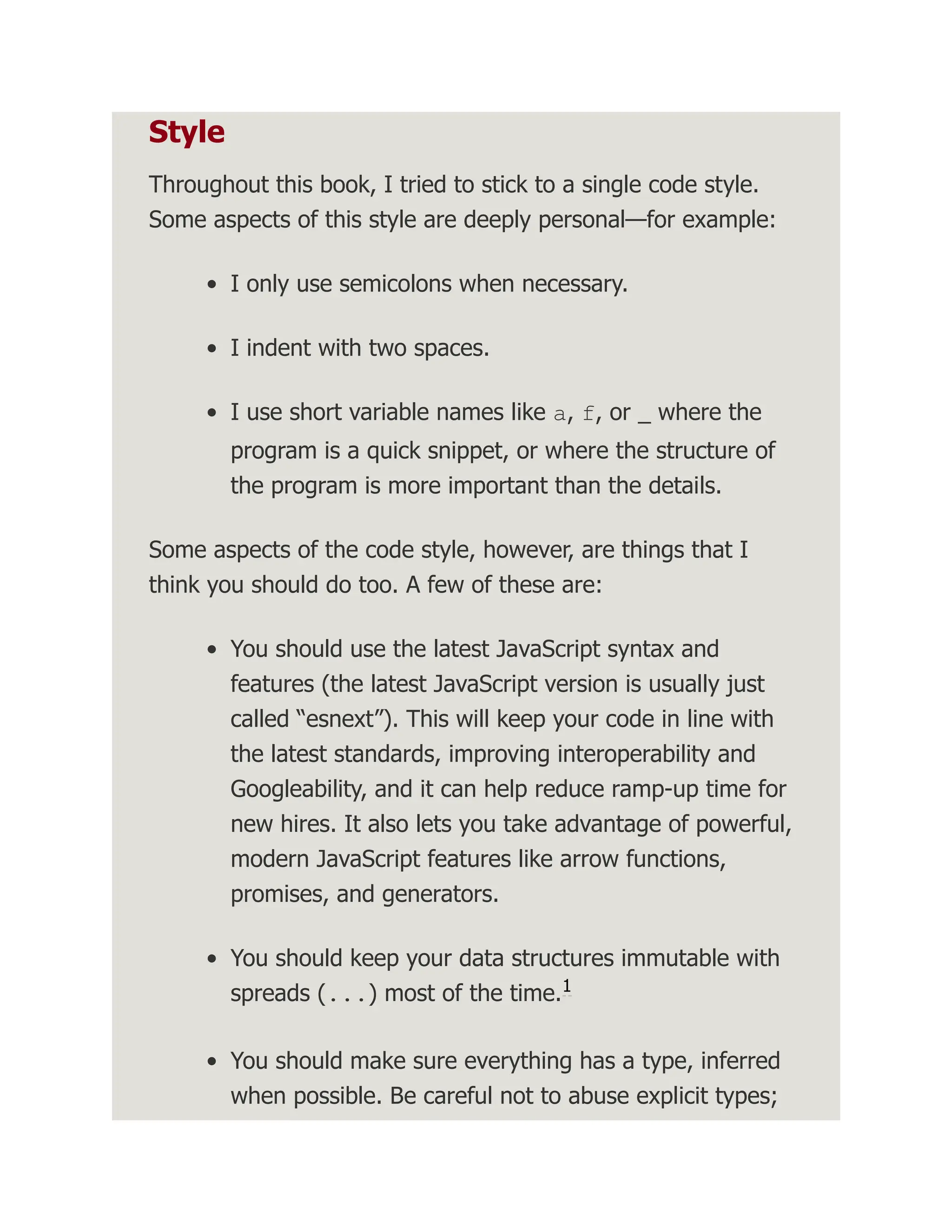
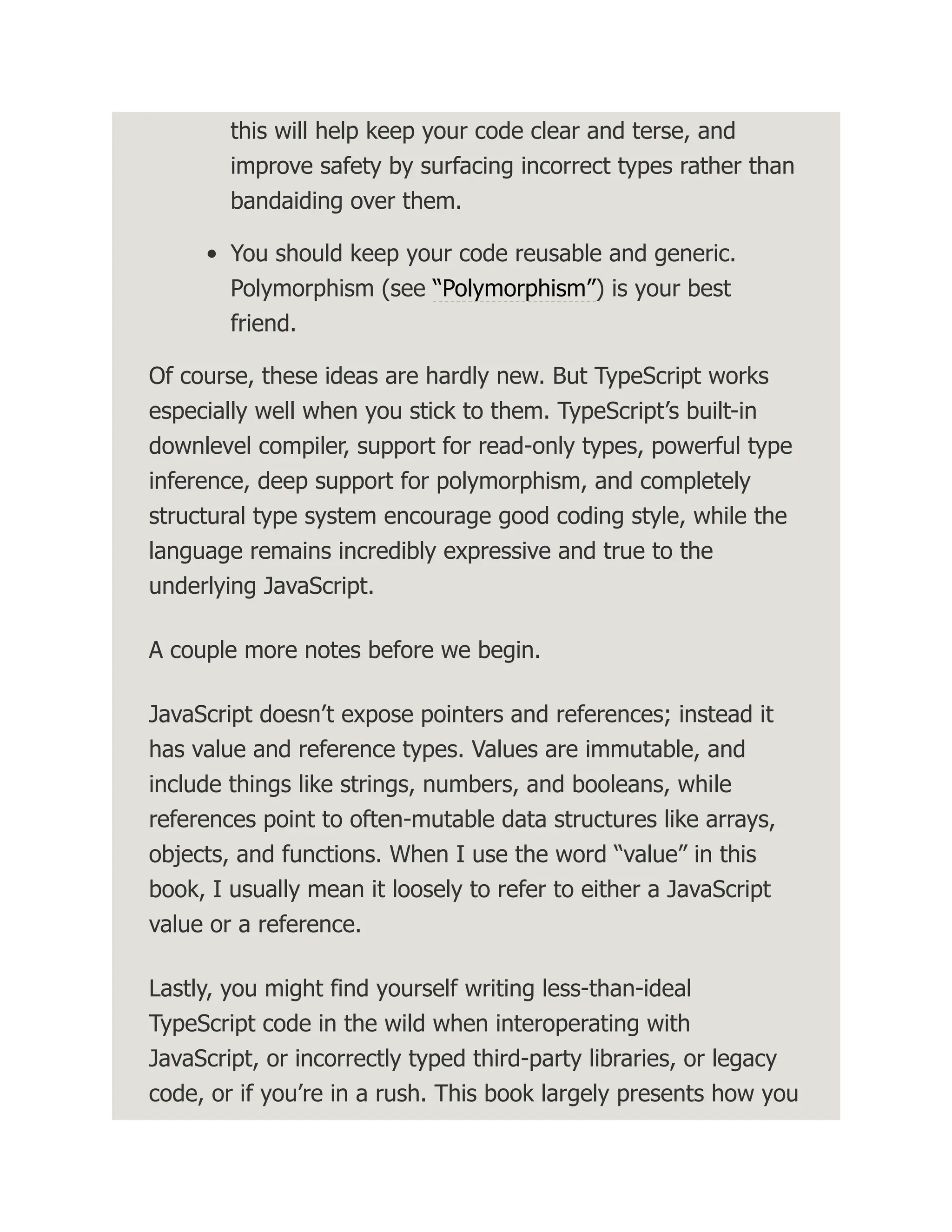
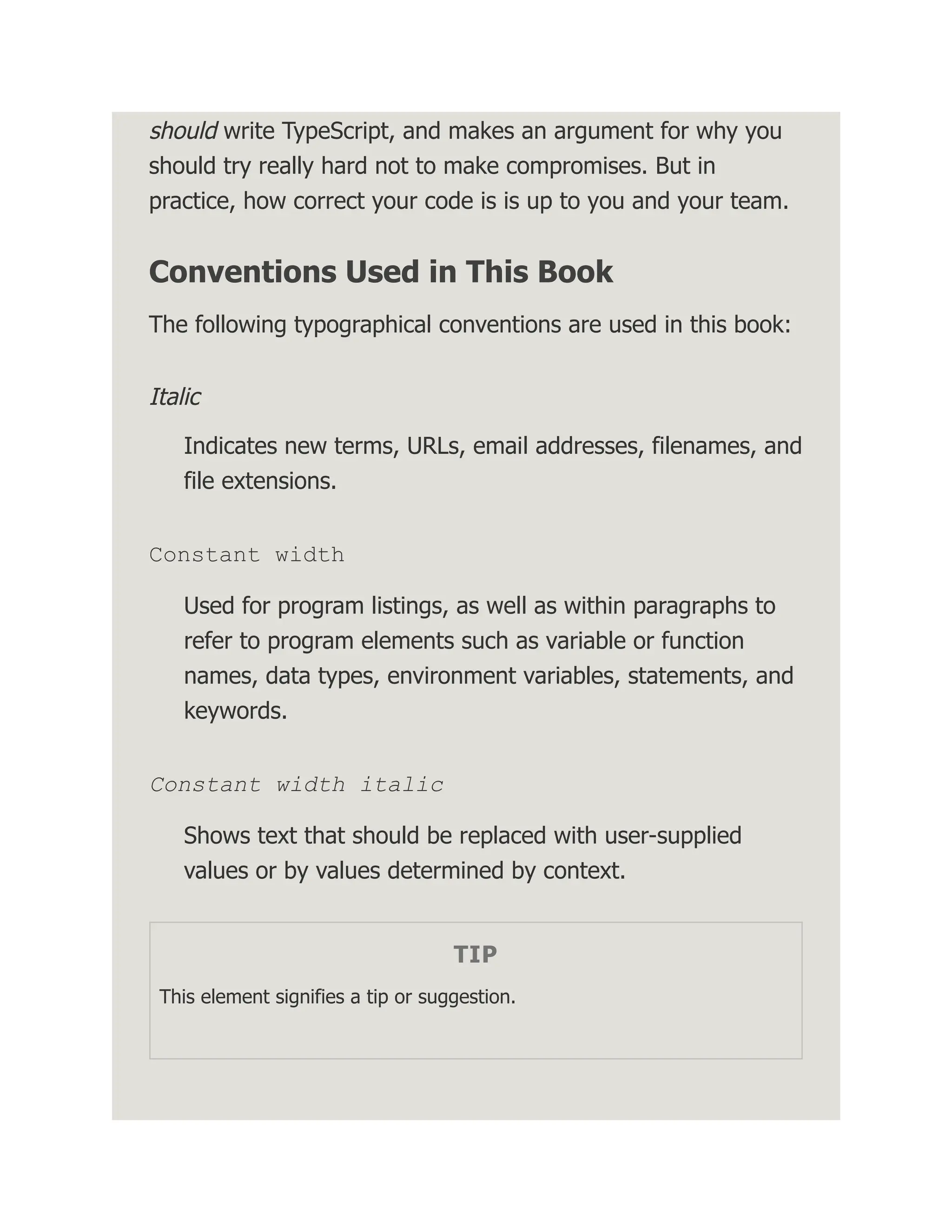
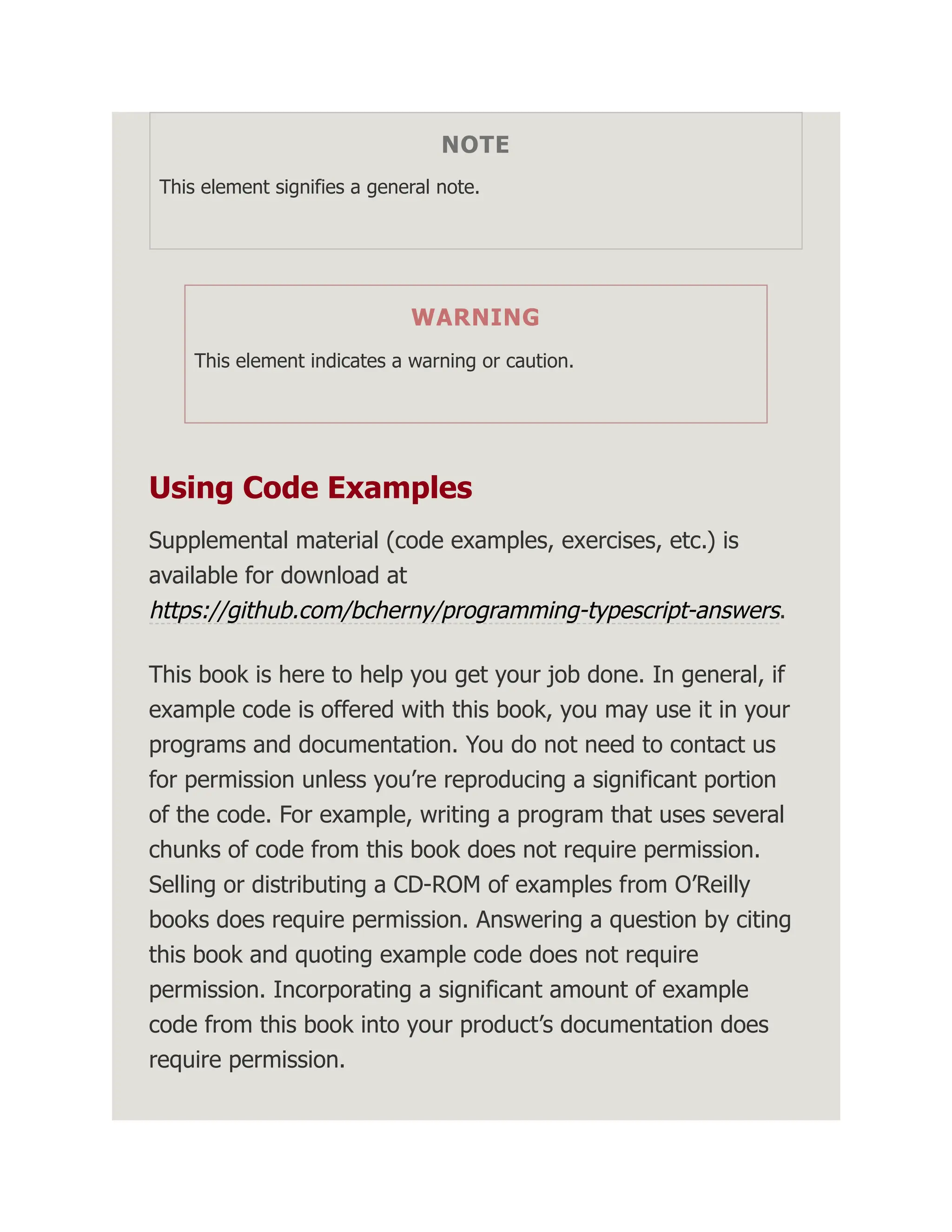




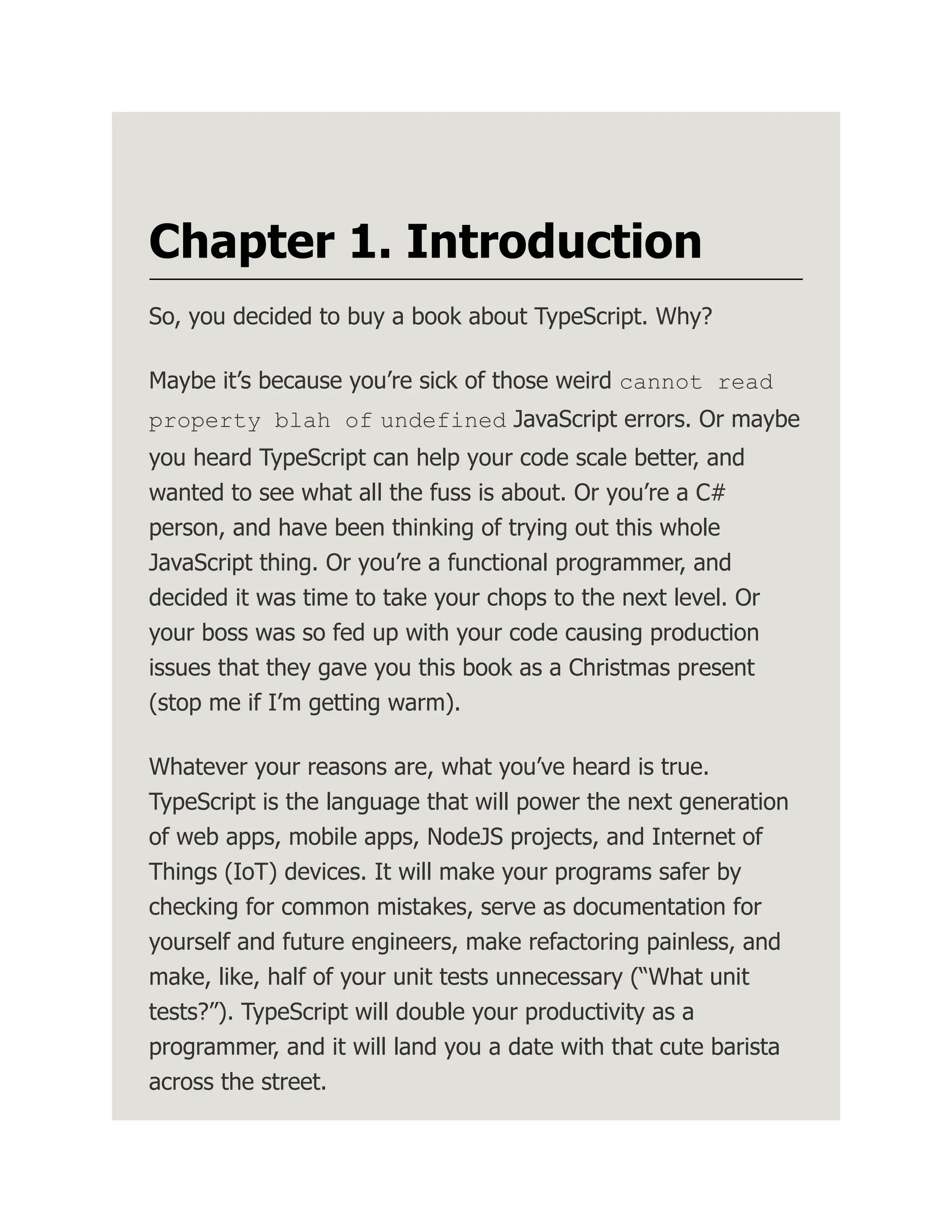
![But before you go rushing across the street, let’s unpack all of that a little bit, starting with this: what exactly do I mean when I say “safer”? What I am talking about, of course, is type safety. TYPE SAFETY Using types to prevent programs from doing invalid things. Here are a few examples of things that are invalid: Multiplying a number and a list Calling a function with a list of strings when it actually needs a list of objects Calling a method on an object when that method doesn’t actually exist on that object Importing a module that was recently moved There are some programming languages that try to make the most of mistakes like these. They try to figure out what you really meant when you did something invalid, because hey, you do what you can, right? Take JavaScript, for example: 3 + [] // Evaluates to the string "3" let obj = {} obj.foo // Evaluates to undefined 1](https://image.slidesharecdn.com/77134336-250318231540-cea24e97/75/Ebook-Programming-TypeScript-Making-Your-JavaScript-Applications-Scale-by-Boris-Cherny-33-2048.jpg)
![function a(b) { return b/2 } a("z") // Evaluates to NaN Notice that instead of throwing exceptions when you try to do things that are obviously invalid, JavaScript tries to make the best of it and avoids exceptions whenever it can. Is JavaScript being helpful? Certainly. Does it make it easier for you to catch bugs quickly? Probably not. Now imagine if JavaScript threw more exceptions instead of quietly making the best of what we gave it. We might get feedback like this instead: 3 + [] // Error: Did you really mean to ad let obj = {} obj.foo // Error: You forgot to define the function a(b) { return b/2 } a("z") // Error: The function "a" expects // but you gave it a string. Don’t get me wrong: trying to fix our mistakes for us is a neat feature for a programming language to have (if only it worked](https://image.slidesharecdn.com/77134336-250318231540-cea24e97/75/Ebook-Programming-TypeScript-Making-Your-JavaScript-Applications-Scale-by-Boris-Cherny-34-2048.jpg)
![for more than just programs!). But for JavaScript, this feature creates a disconnect between when you make a mistake in your code, and when you find out that you made a mistake in your code. Often, that means that the first time you hear about your mistake will be from someone else. So here’s a question: when exactly does JavaScript tell you that you made a mistake? Right: when you actually run your program. Your program might get run when you test it in a browser, or when a user visits your website, or when you run a unit test. If you’re disciplined and write plenty of unit tests and end-to-end tests, smoke test your code before pushing it, and test it internally for a while before shipping it to users, you will hopefully find out about your error before your users do. But what if you don’t? That’s where TypeScript comes in. Even cooler than the fact that TypeScript gives you helpful error messages is when it gives them to you: TypeScript gives you error messages in your text editor, as you type. That means you don’t have to rely on unit tests or smoke tests or coworkers to catch these sorts of issues: TypeScript will catch them for you and warn you about them as you write your program. Let’s see what TypeScript says about our previous example: 3 + [] // Error TS2365: Operator '+' canno // and 'never[]'.](https://image.slidesharecdn.com/77134336-250318231540-cea24e97/75/Ebook-Programming-TypeScript-Making-Your-JavaScript-Applications-Scale-by-Boris-Cherny-35-2048.jpg)
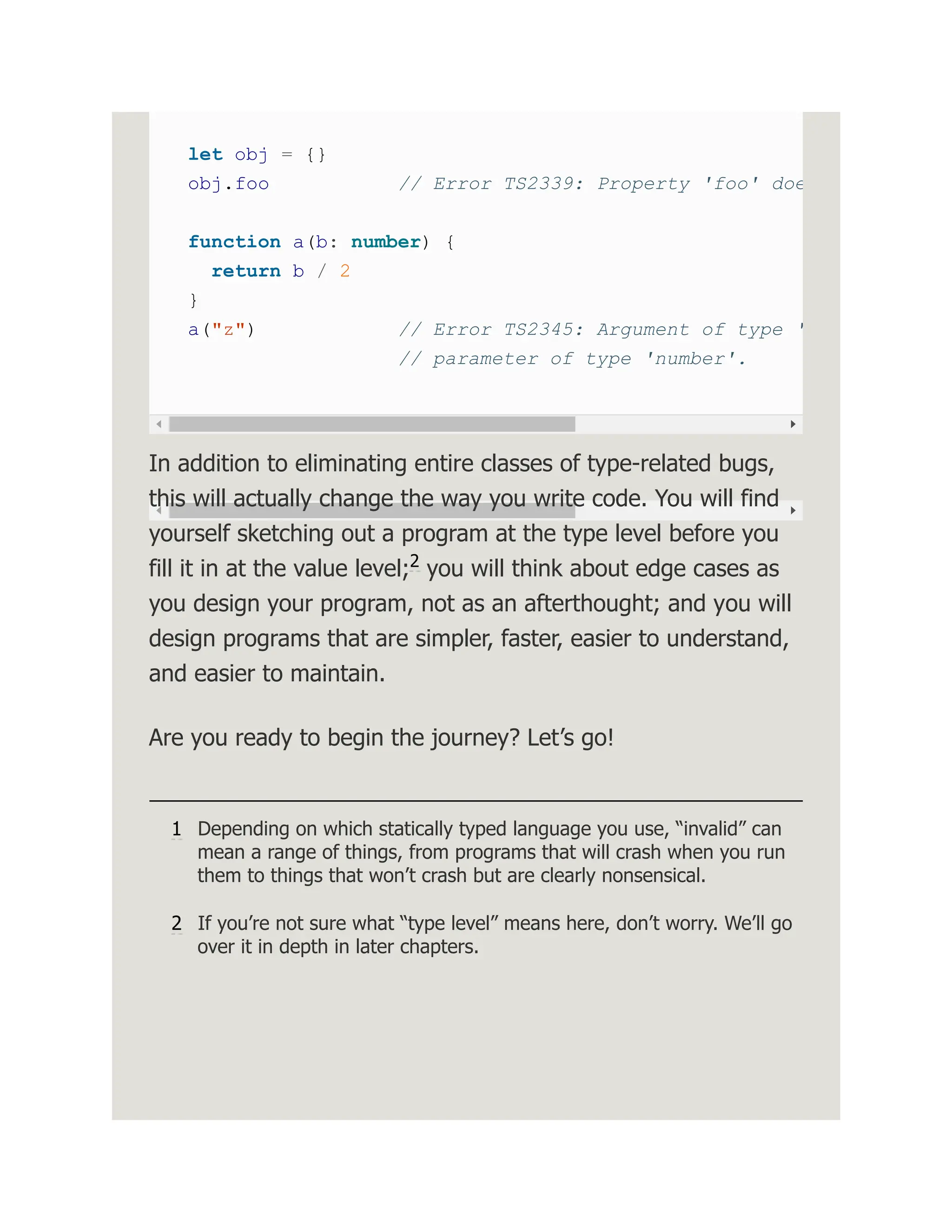


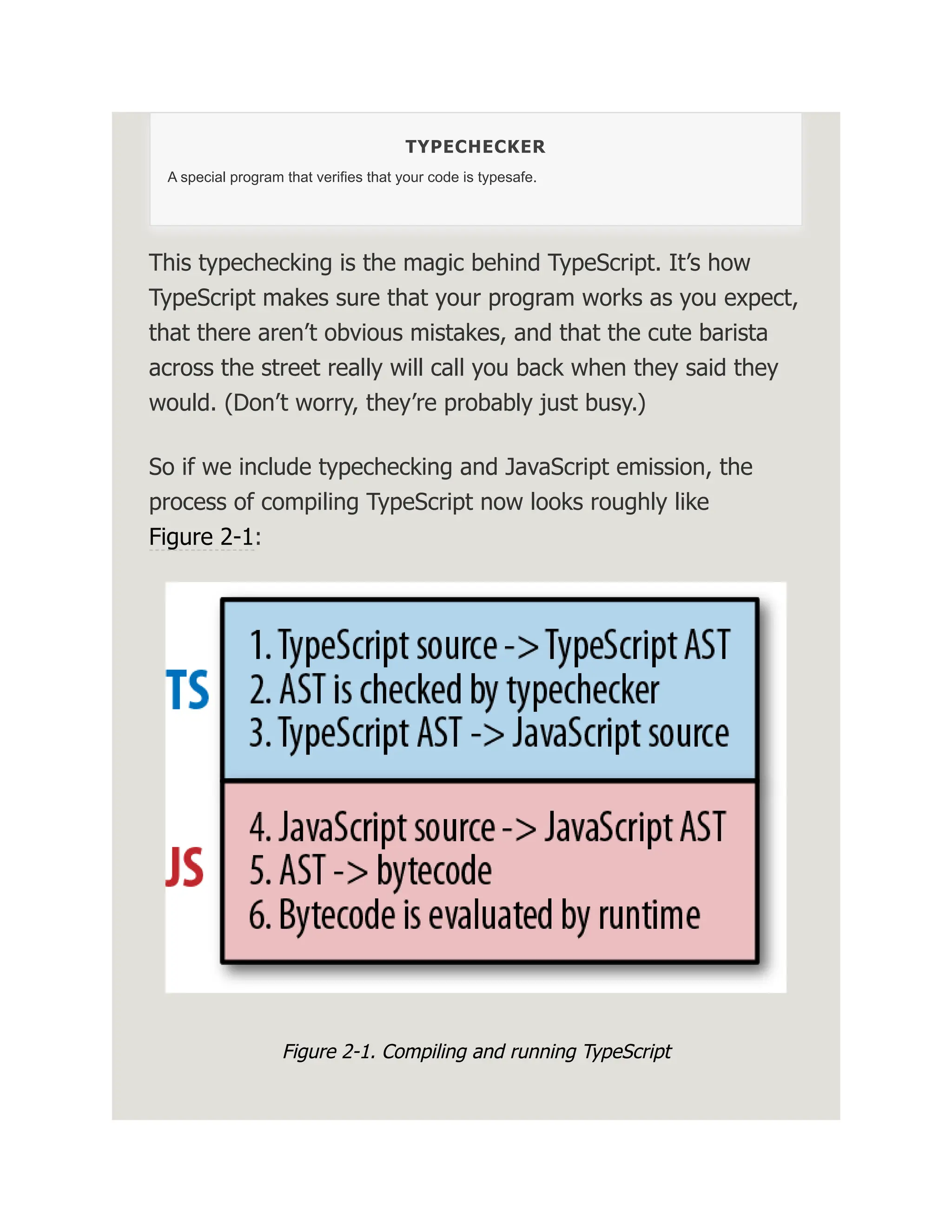
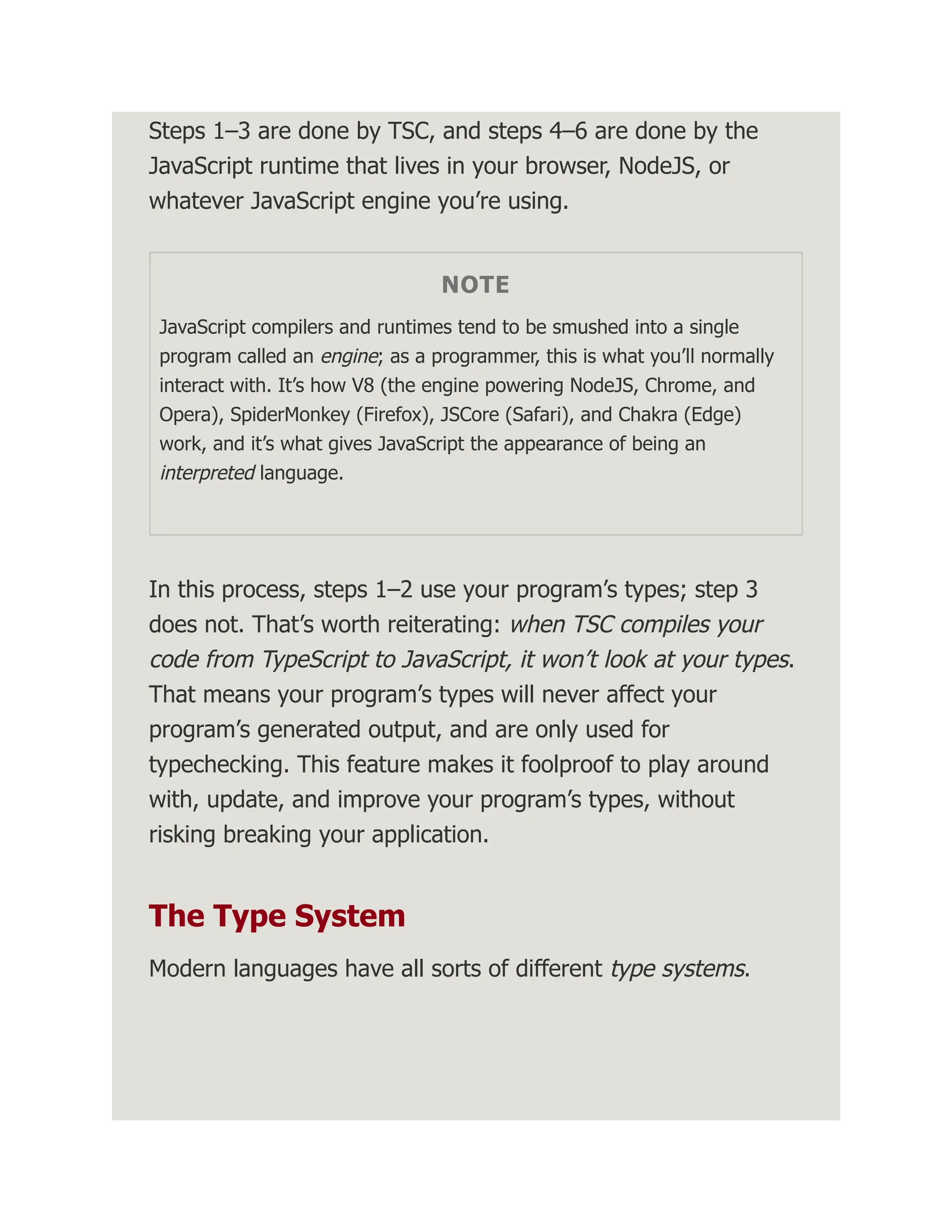
![TYPE SYSTEM A set of rules that a typechecker uses to assign types to your program. There are generally two kinds of type systems: type systems in which you have to tell the compiler what type everything is with explicit syntax, and type systems that infer the types of things for you automatically. Both approaches have trade-offs. TypeScript is inspired by both kinds of type systems: you can explicitly annotate your types, or you can let TypeScript infer most of them for you. To explicitly signal to TypeScript what your types are, use annotations. Annotations take the form value: type and tell the typechecker, “Hey! You see this value here? Its type is type.” Let’s look at a few examples (the comments following each line are the actual types inferred by TypeScript): let a: number = 1 // a is a number let b: string = 'hello' // b is a string let c: boolean[] = [true, false] // c is an array of And if you want TypeScript to infer your types for you, just leave them off and let TypeScript get to work: let a = 1 // a is a number let b = 'hello' // b is a string 1](https://image.slidesharecdn.com/77134336-250318231540-cea24e97/75/Ebook-Programming-TypeScript-Making-Your-JavaScript-Applications-Scale-by-Boris-Cherny-41-2048.jpg)
![let c = [true, false] // c is an array of Right away, you’ll notice how good TypeScript is at inferring types for you. If you leave off the annotations, the types are the same! Throughout this book, we will use annotations only when necessary, and let TypeScript work its inference magic for us whenever possible. NOTE In general, it is good style to let TypeScript infer as many types as it can for you, keeping explicitly typed code to a minimum. TypeScript Versus JavaScript Let’s take a deeper look at TypeScript’s type system, and how it compares to JavaScript’s type system. Table 2-1 presents an overview. A good understanding of the differences is key to building a mental model of how TypeScript works.](https://image.slidesharecdn.com/77134336-250318231540-cea24e97/75/Ebook-Programming-TypeScript-Making-Your-JavaScript-Applications-Scale-by-Boris-Cherny-42-2048.jpg)
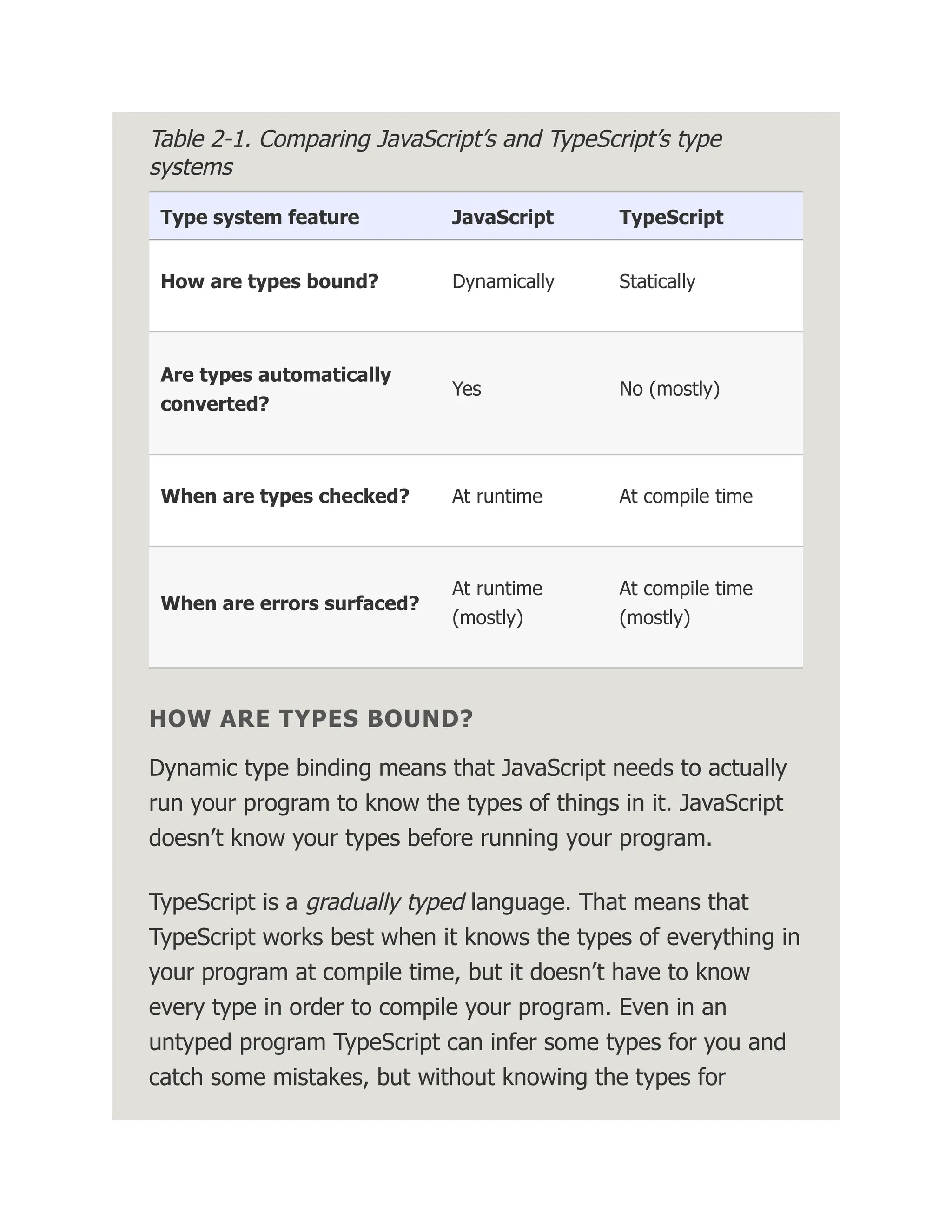
![everything, it will let a lot of mistakes slip through to your users. This gradual typing is really useful for migrating legacy codebases from untyped JavaScript to typed TypeScript (more on that in “Gradually Migrating from JavaScript to TypeScript”), but unless you’re in the middle of migrating your codebase, you should aim for 100% type coverage. That is the approach this book takes, except where explicitly noted. ARE TYPES AUTOMATICALLY CONVERTED? JavaScript is weakly typed, meaning if you do something invalid like add a number and an array (like we did in Chapter 1), it will apply a bunch of rules to figure out what you really meant so it can do the best it can with what you gave it. Let’s walk through the specific example of how JavaScript evaluates 3 + [1]: 1. JavaScript notices that 3 is a number and [1] is an array. 2. Because we’re using +, it assumes we want to concatenate the two. 3. It implicitly converts 3 to a string, yielding "3". 4. It implicitly converts [1] to a string, yielding "1". 5. It concatenates the results, yielding "31".](https://image.slidesharecdn.com/77134336-250318231540-cea24e97/75/Ebook-Programming-TypeScript-Making-Your-JavaScript-Applications-Scale-by-Boris-Cherny-44-2048.jpg)
![We could do this more explicitly too (so JavaScript avoids doing steps 1, 3, and 4): 3 + [1]; // evaluates to "31" (3).toString() + [1].toString() // evaluates to "31" While JavaScript tries to be helpful by doing clever type conversions for you, TypeScript complains as soon as you do something invalid. When you run that same JavaScript code through TSC, you’ll get an error: 3 + [1]; // Error TS2365: Ope // types '3' and 'nu (3).toString() + [1].toString() // evaluates to "31" If you do something that doesn’t seem right, TypeScript complains, and if you’re explicit about your intentions, TypeScript gets out of your way. This behavior makes sense: who in their right mind would try to add a number and an array, expecting the result to be a string (of course, besides Bavmorda the JavaScript witch who spends her time coding by candlelight in your startup’s basement)? The kind of implicit conversion that JavaScript does can be a really hard-to-track-down source of errors, and is the bane of](https://image.slidesharecdn.com/77134336-250318231540-cea24e97/75/Ebook-Programming-TypeScript-Making-Your-JavaScript-Applications-Scale-by-Boris-Cherny-45-2048.jpg)
